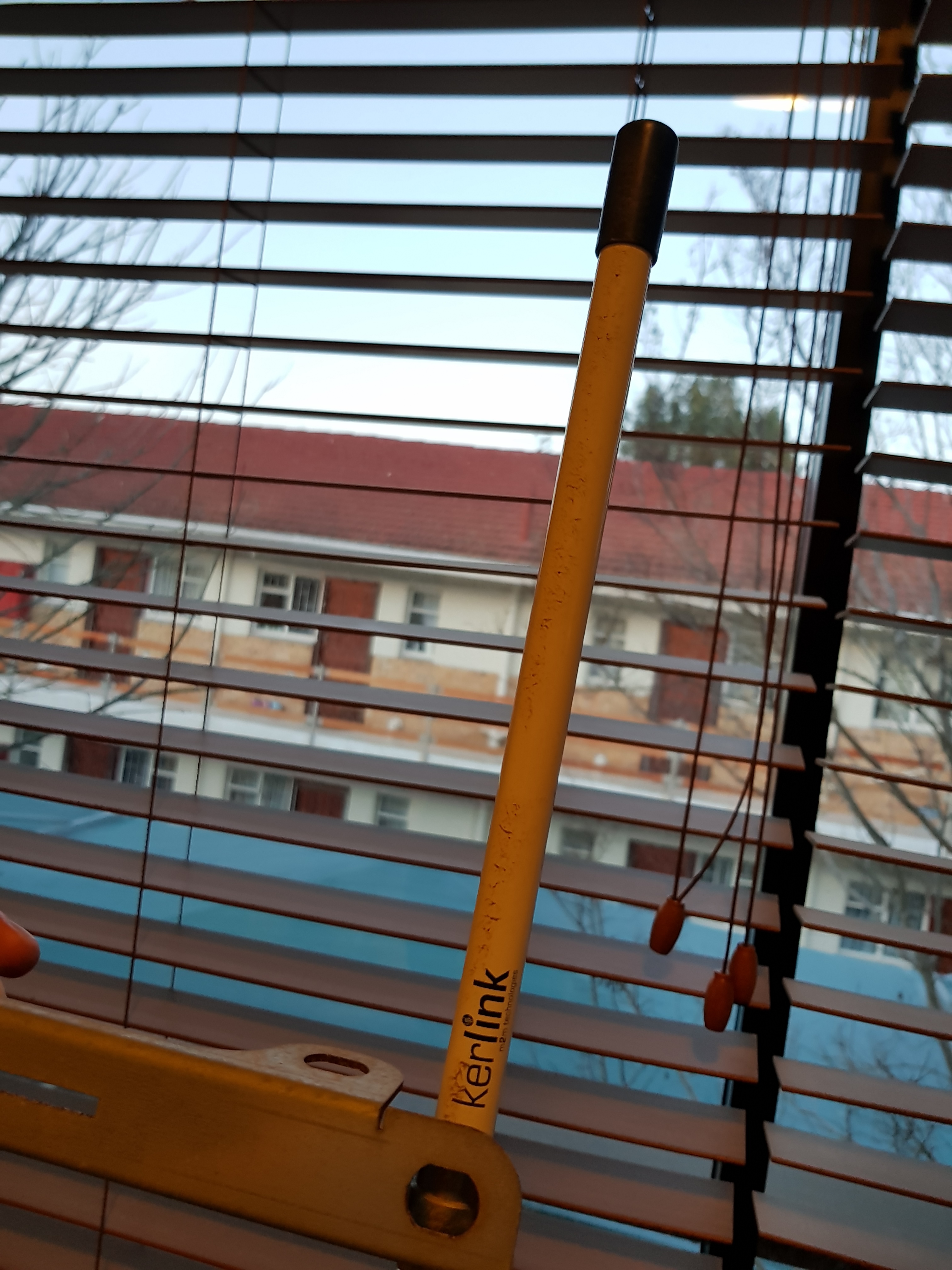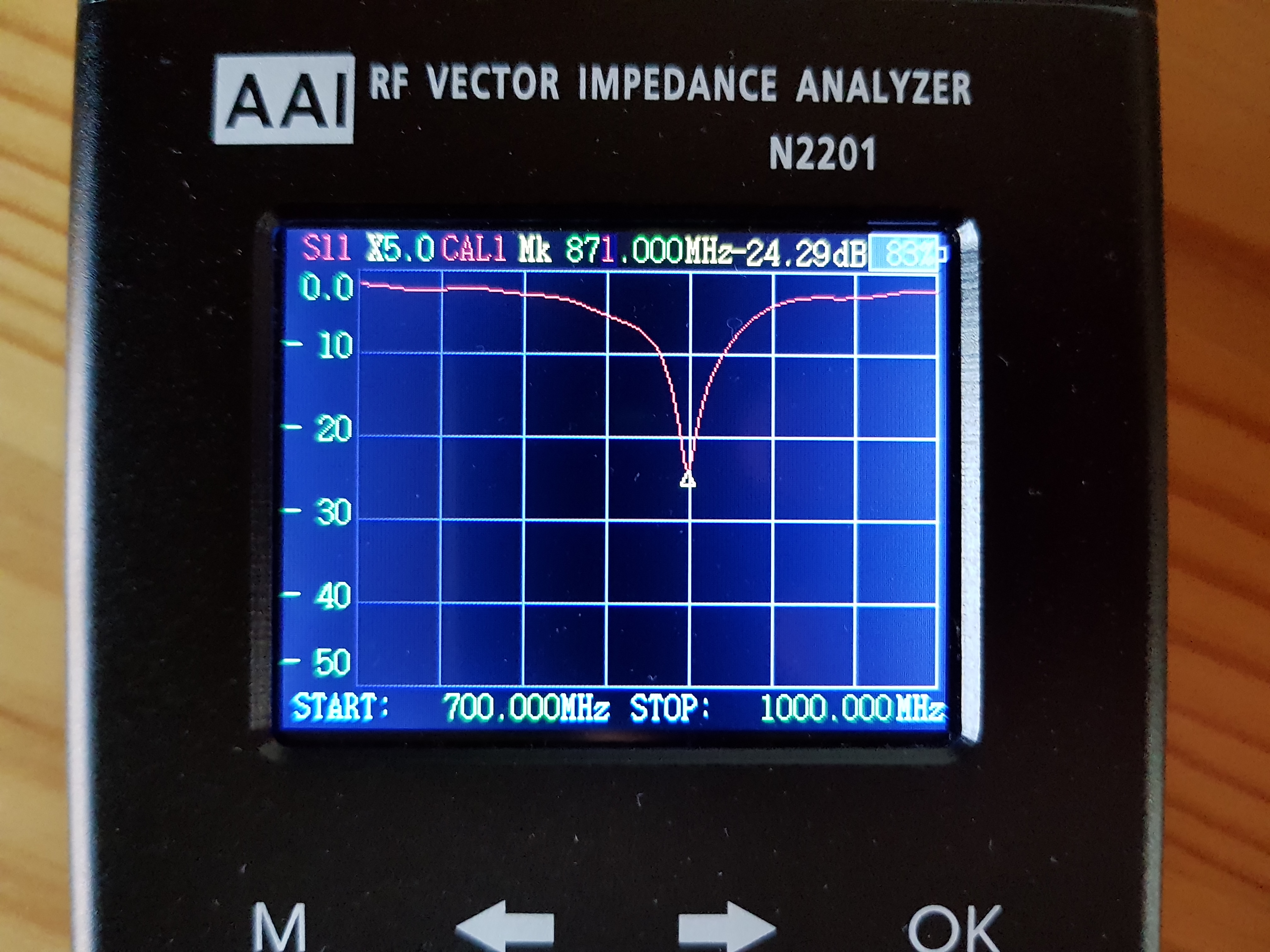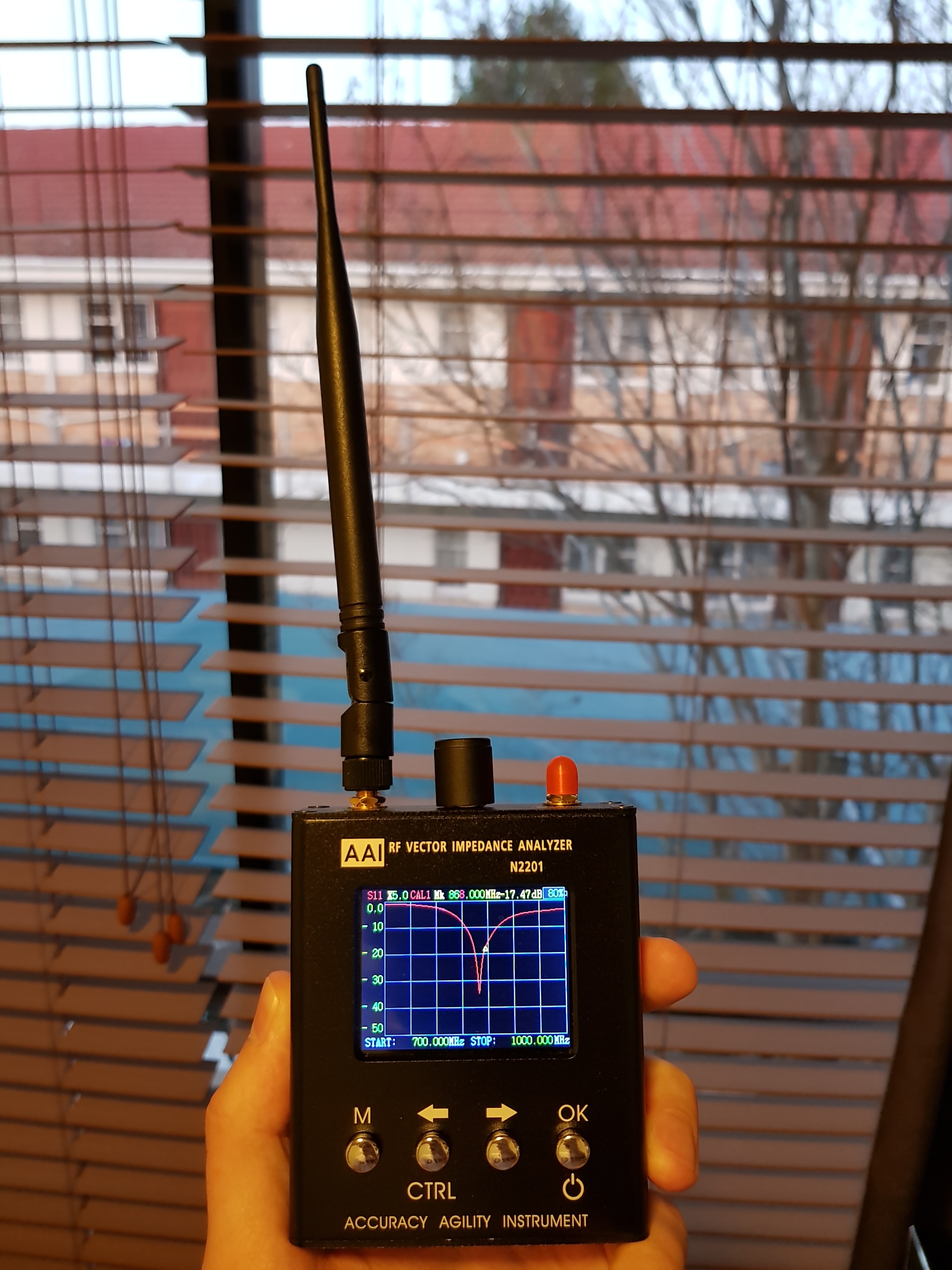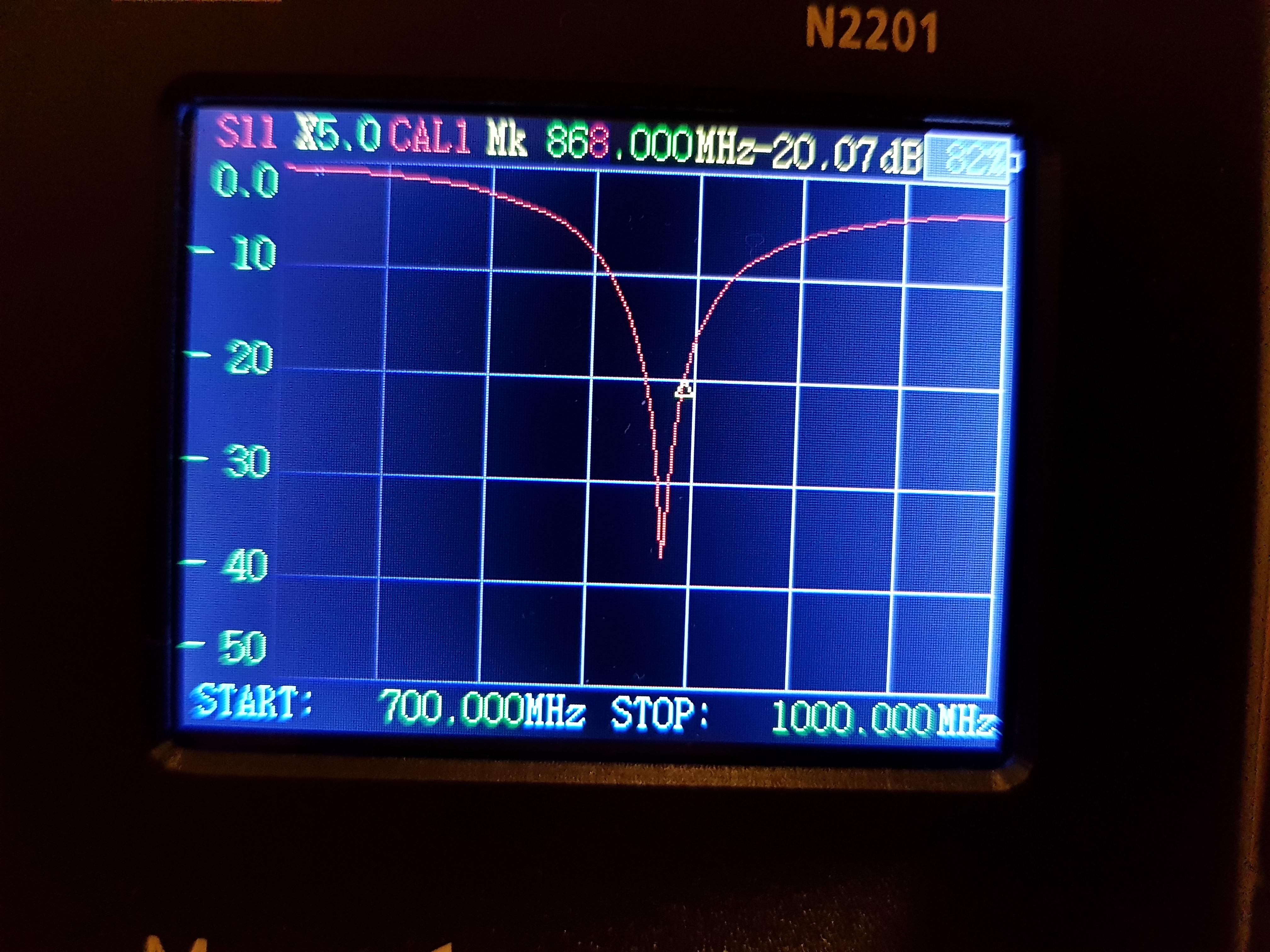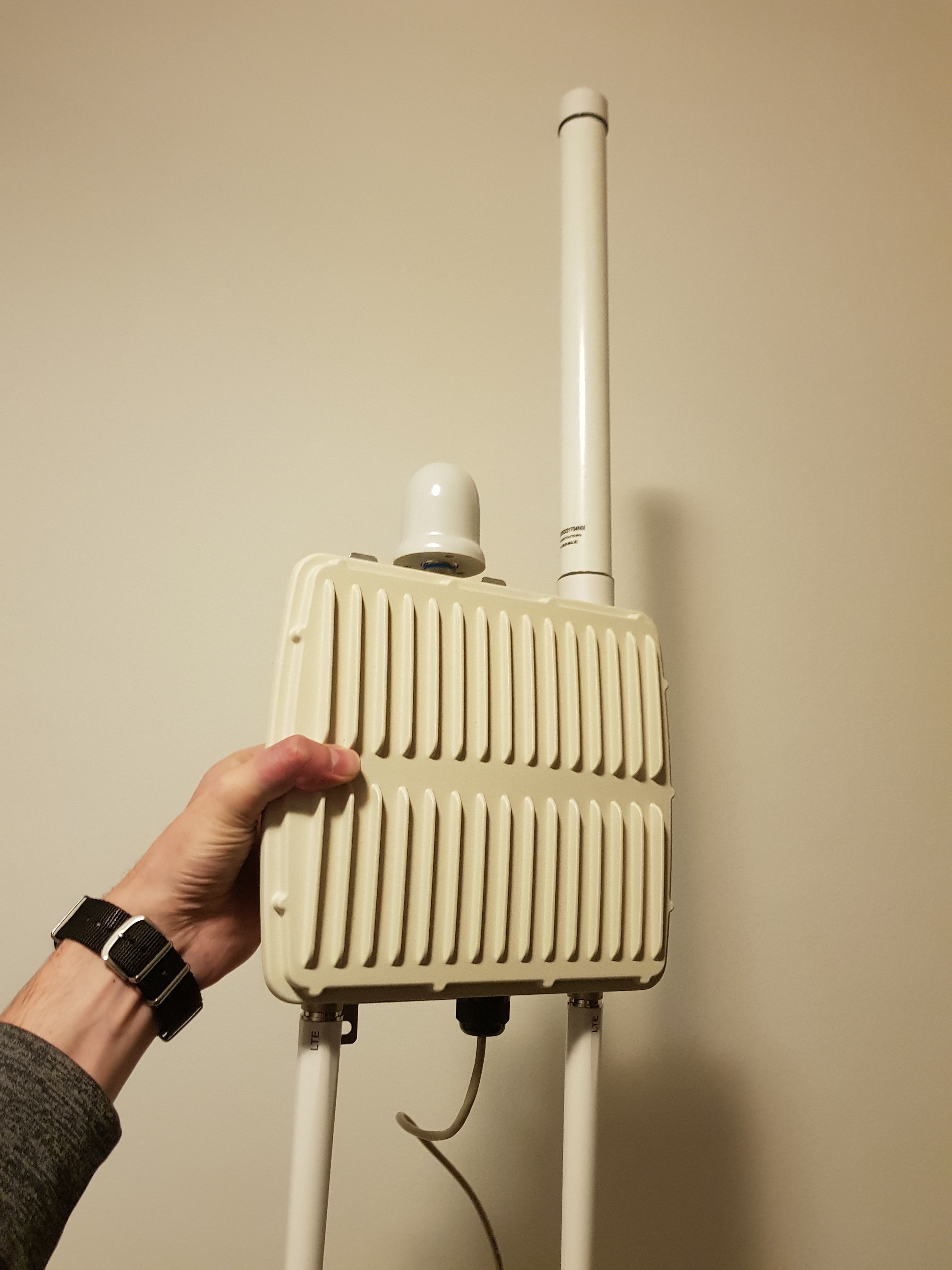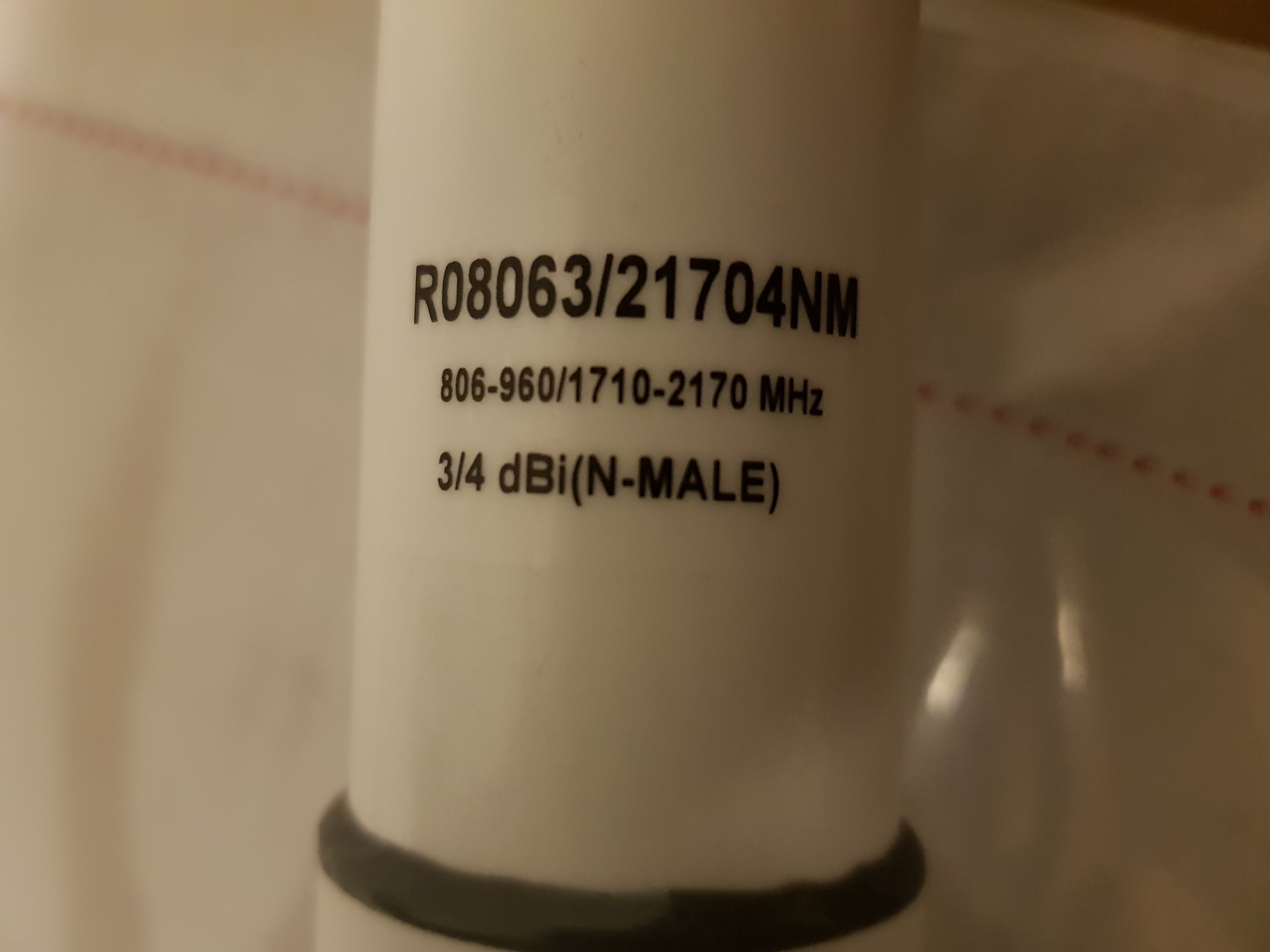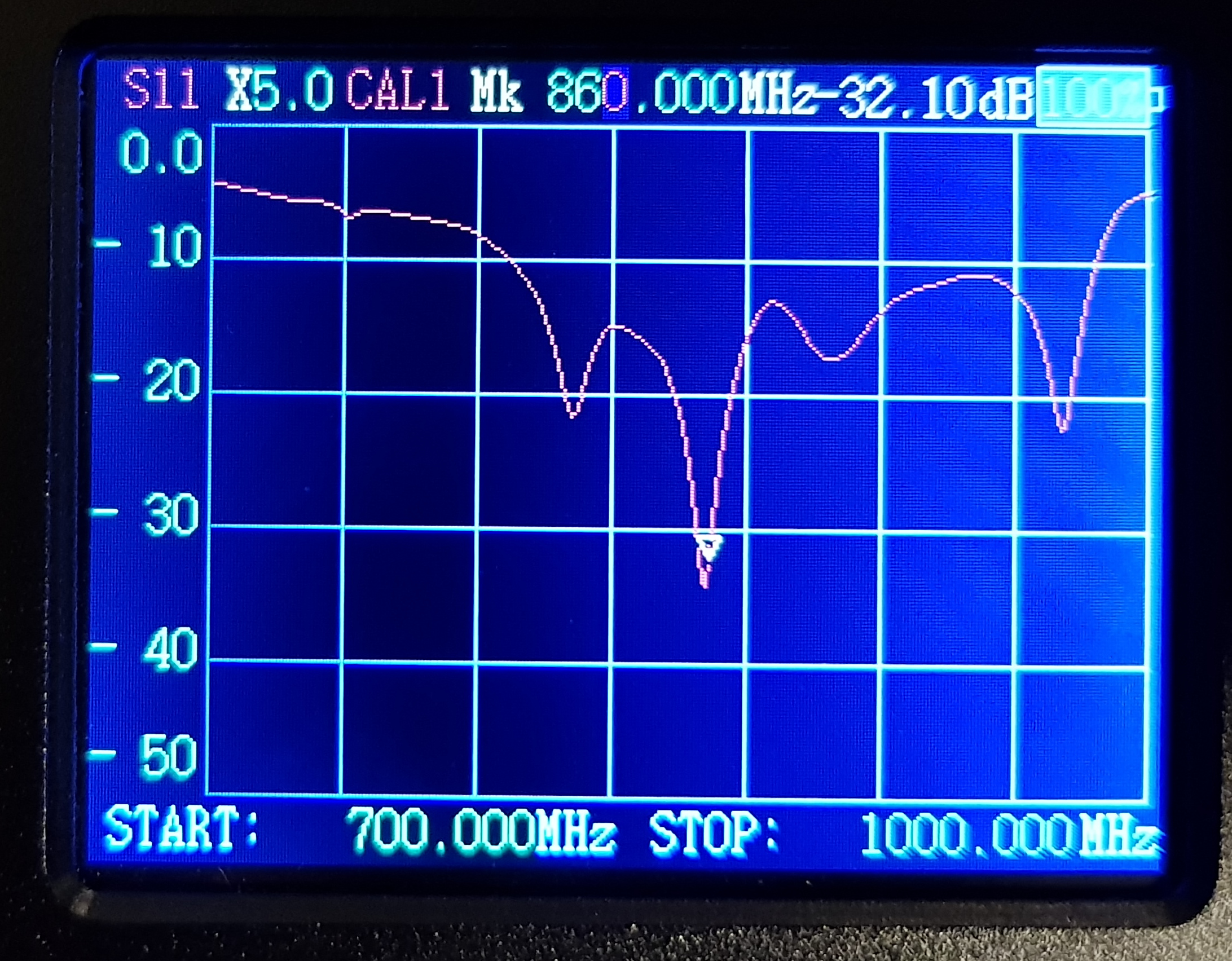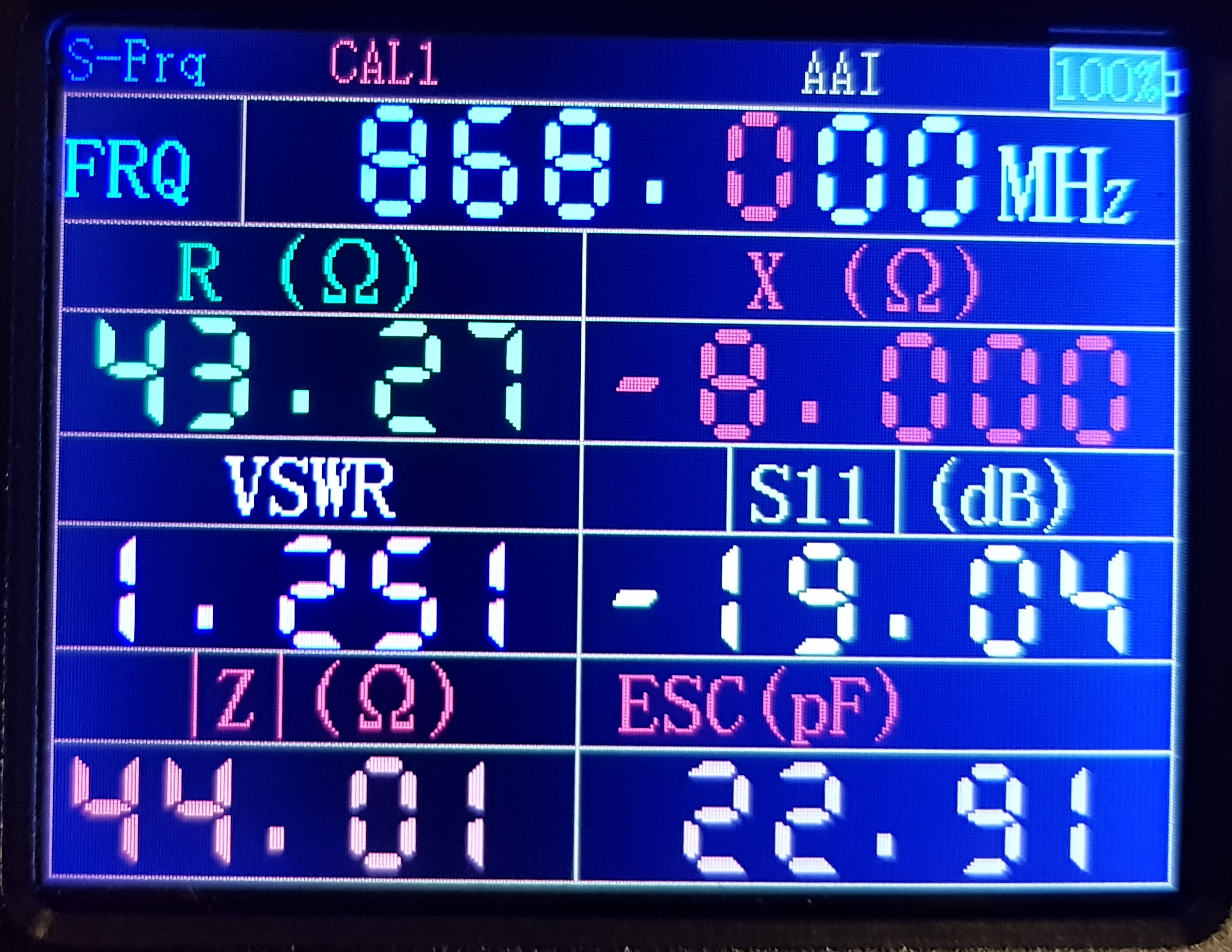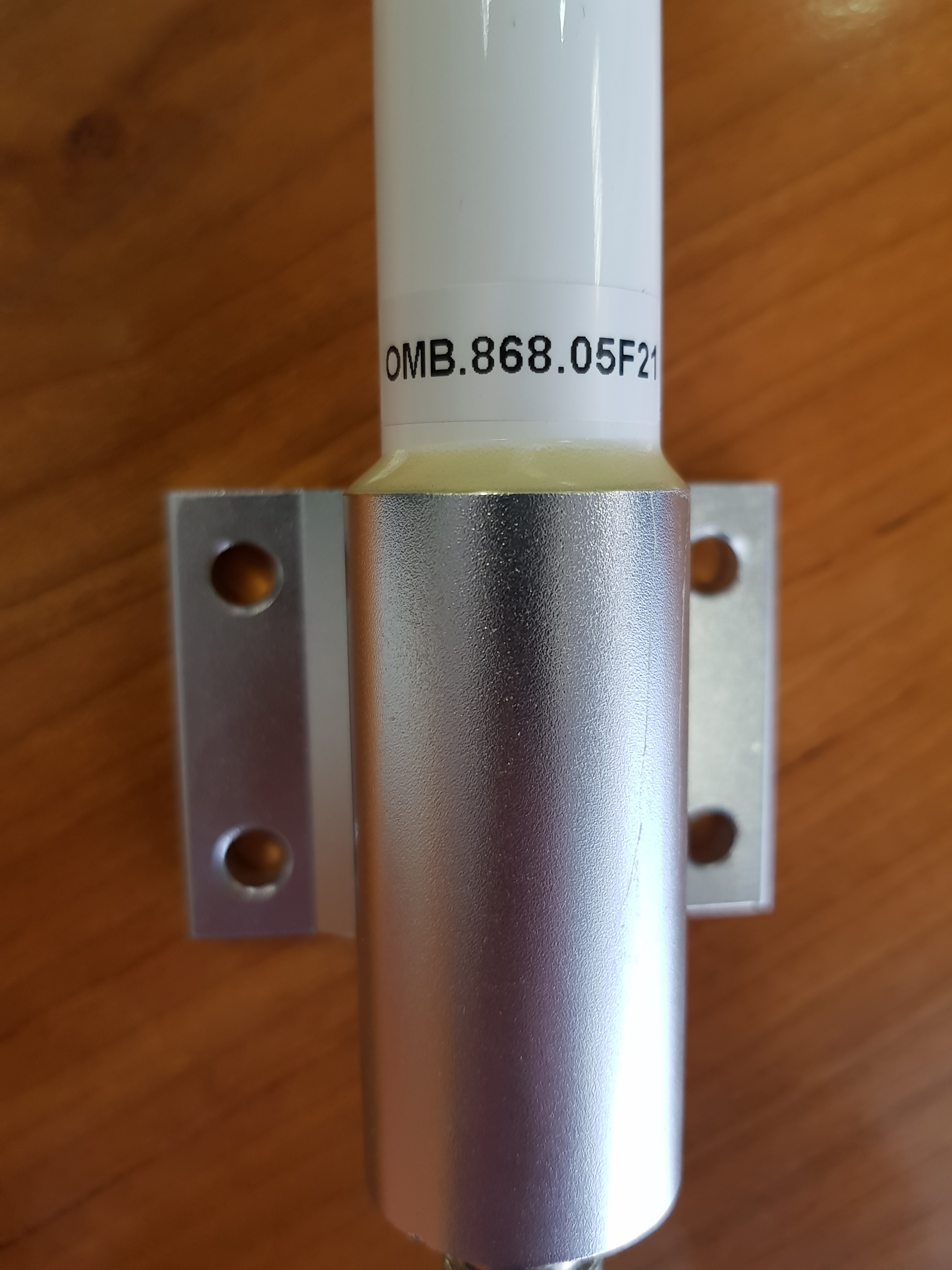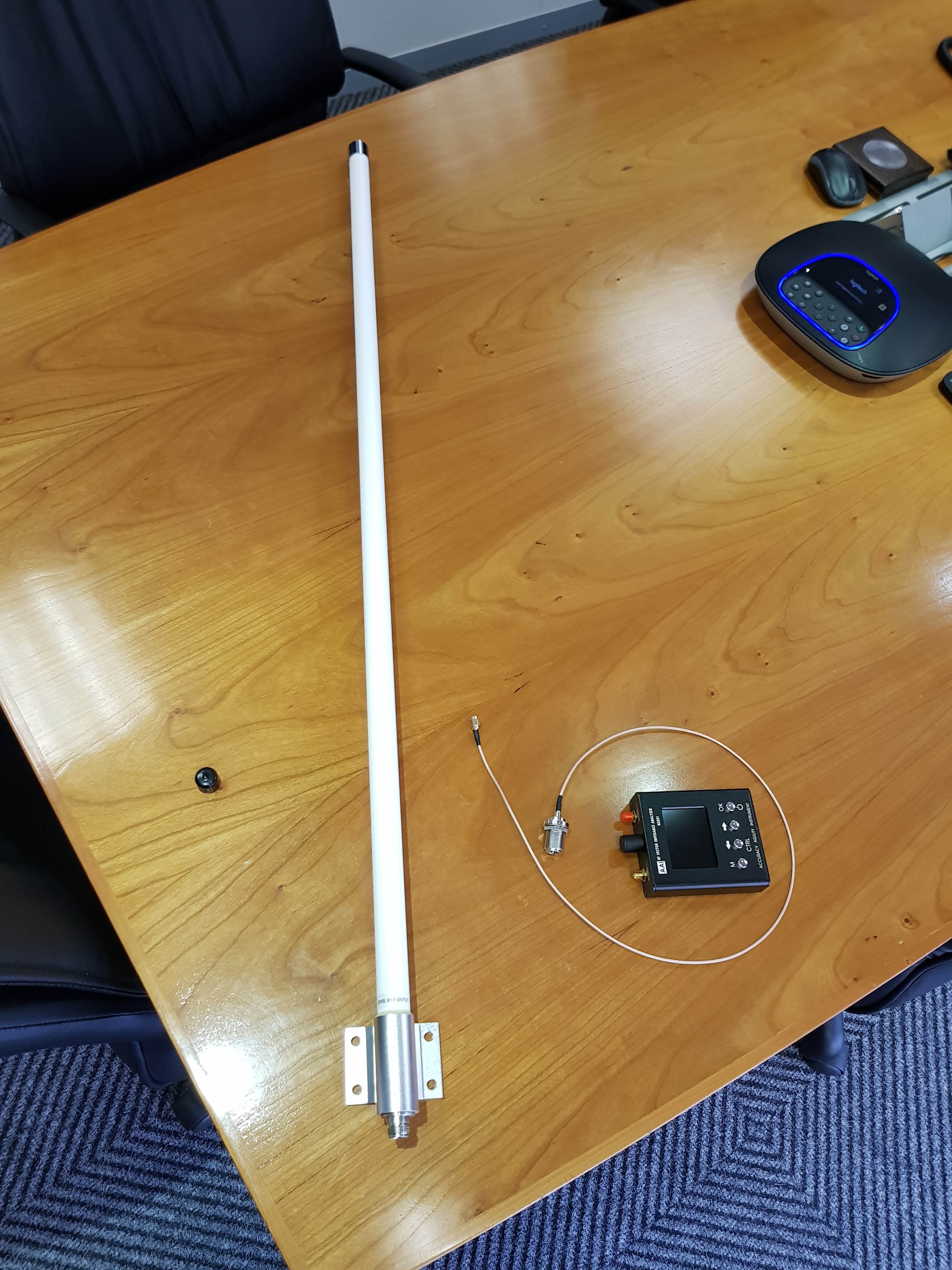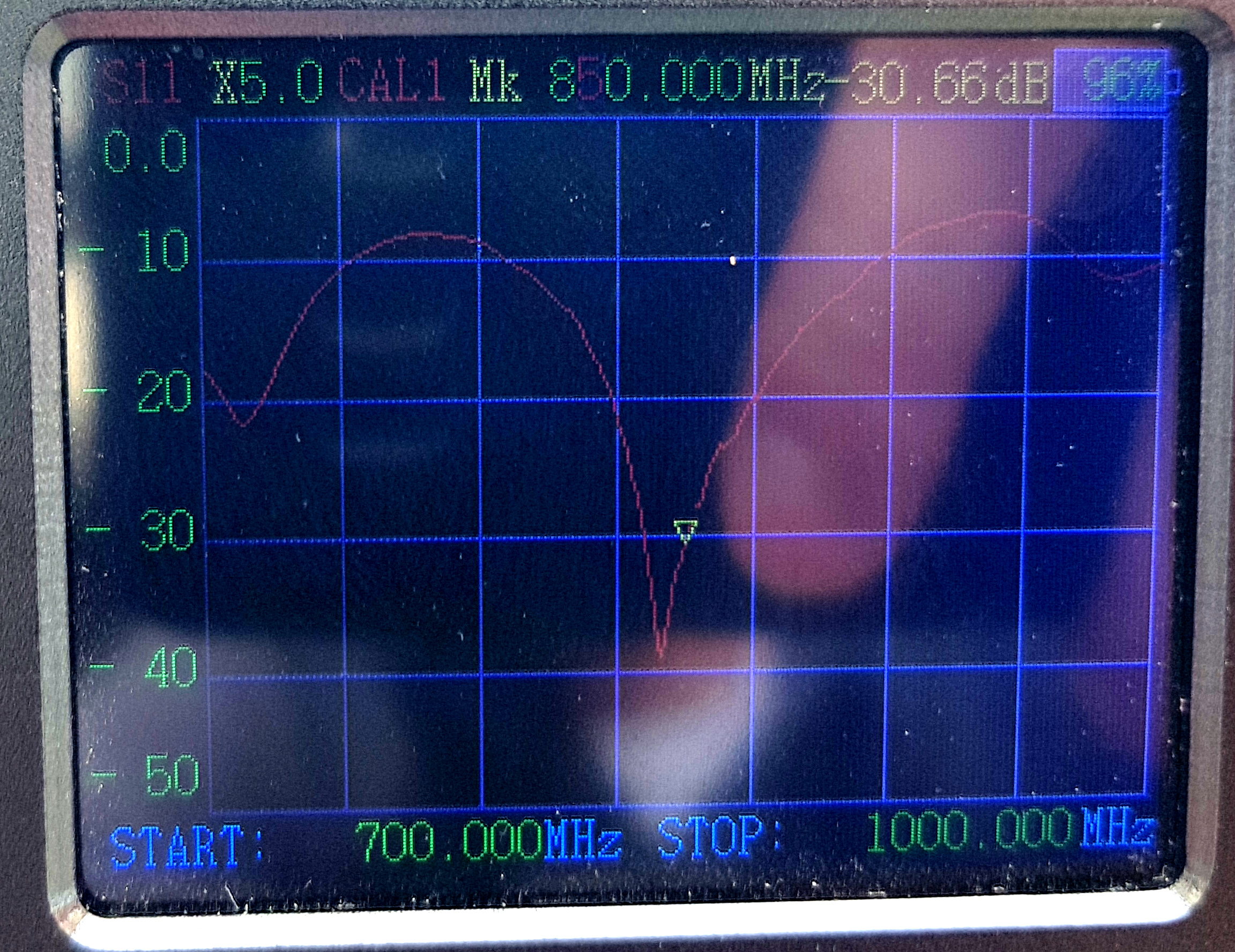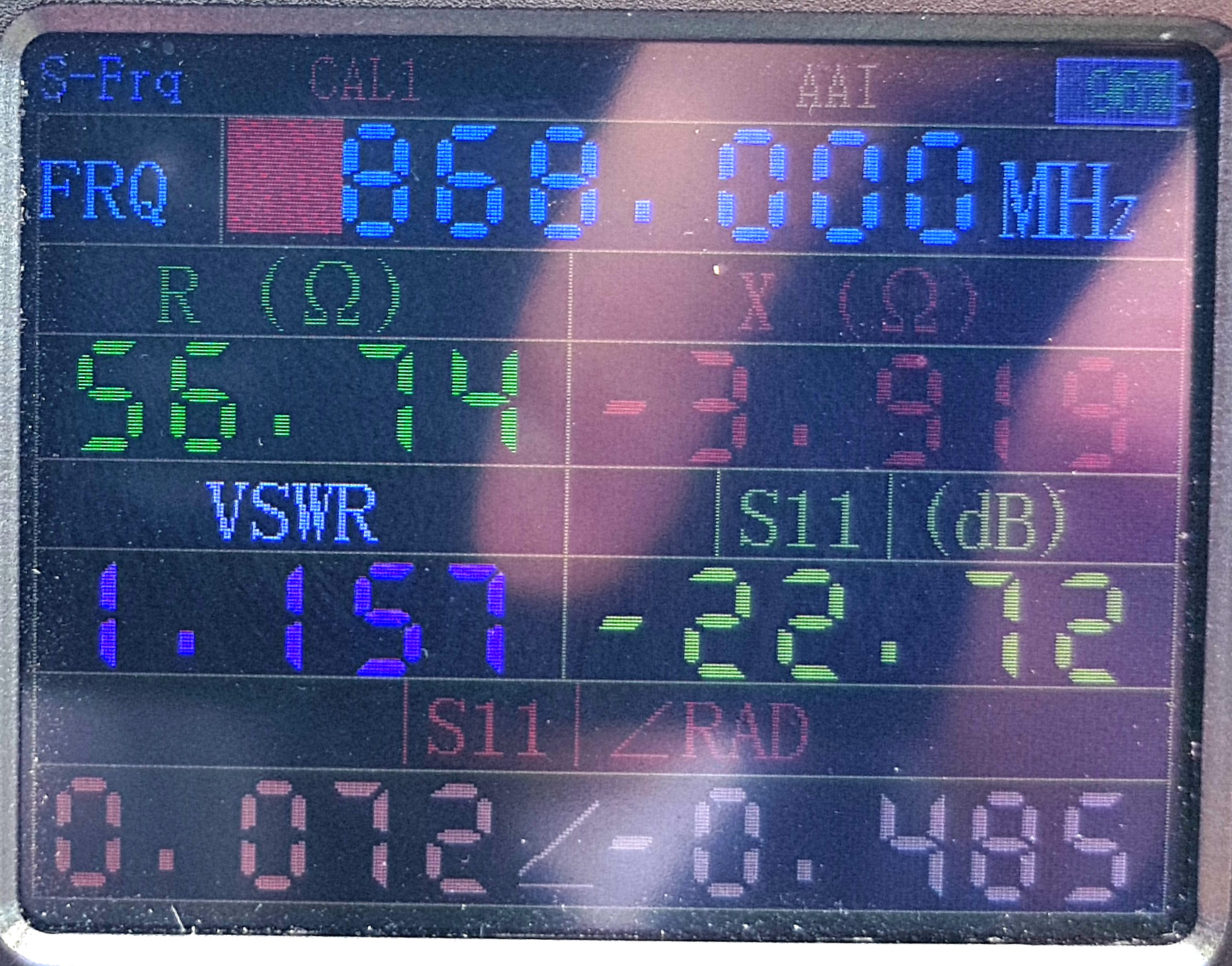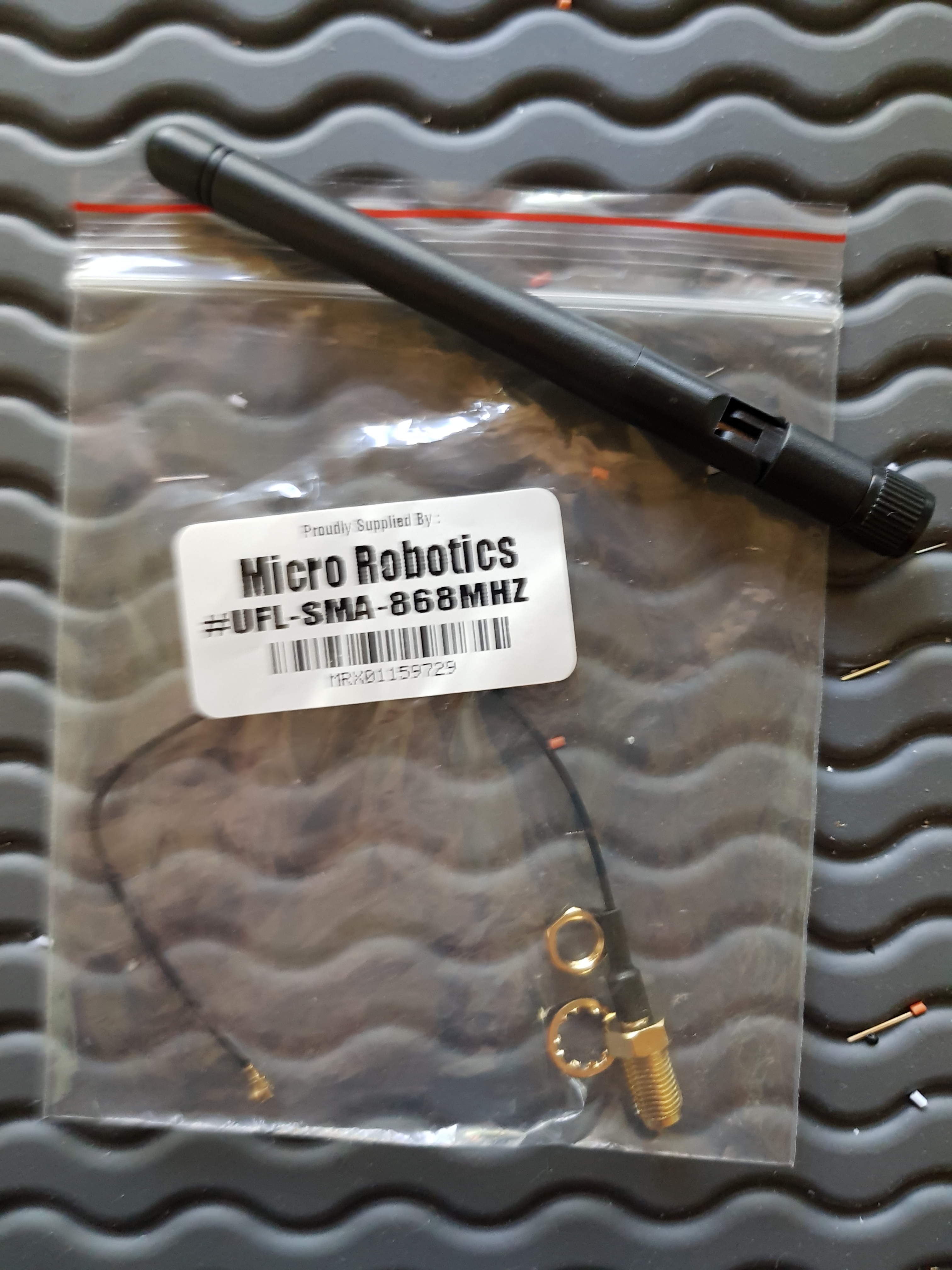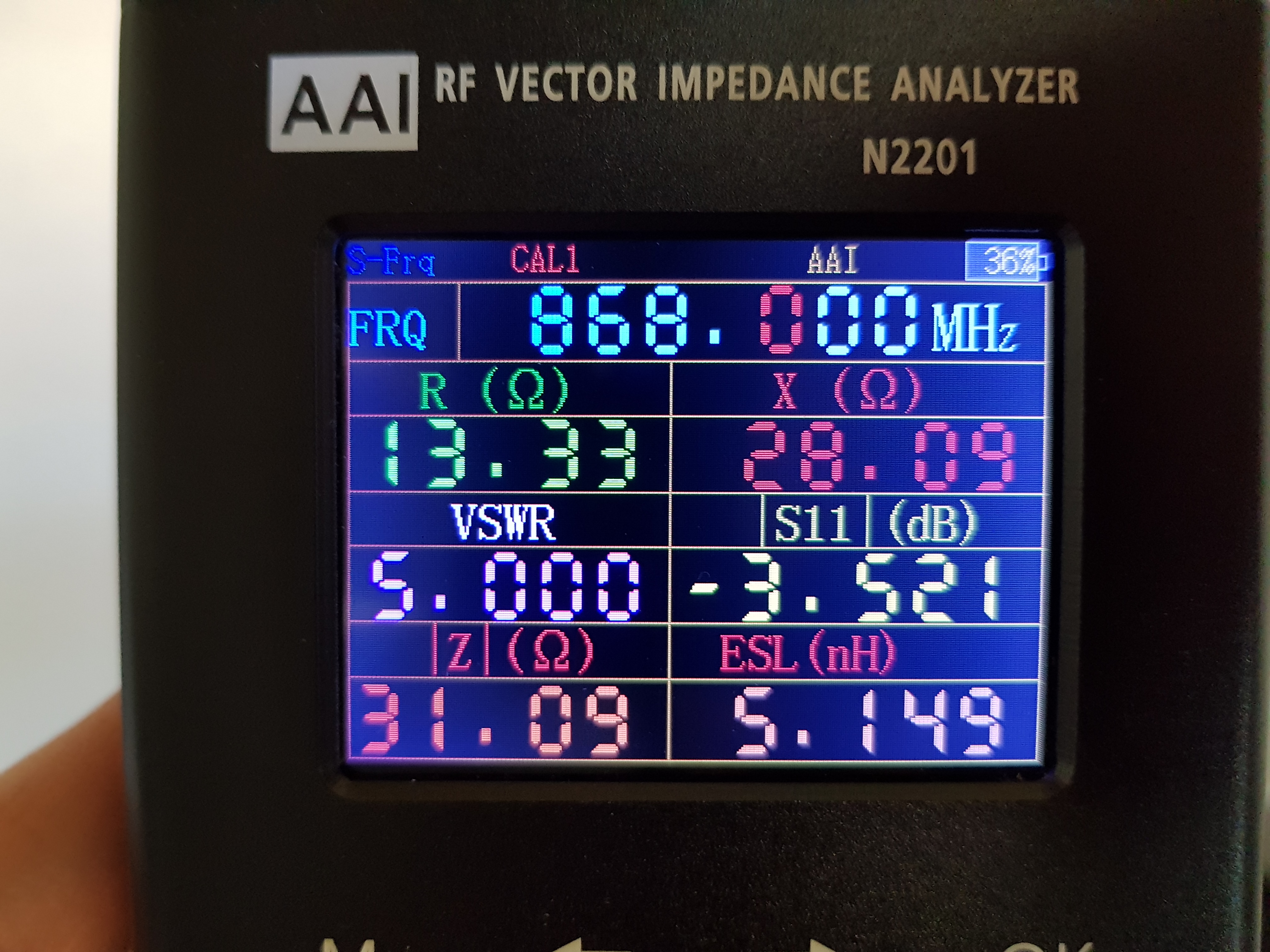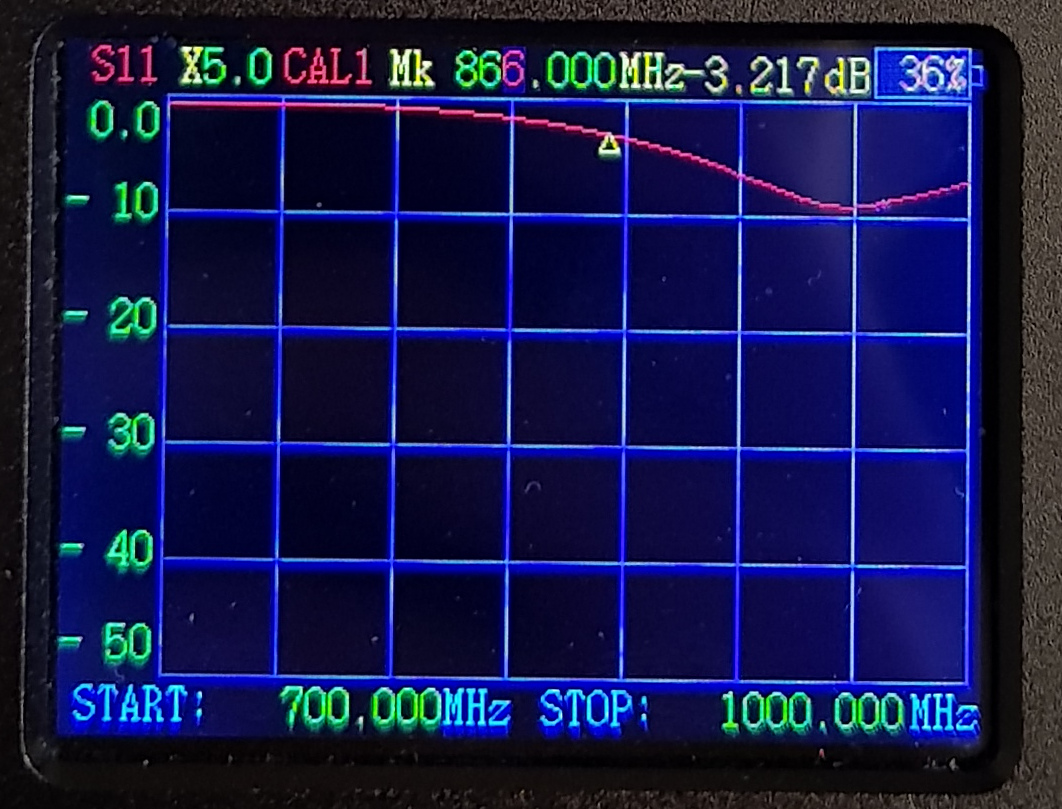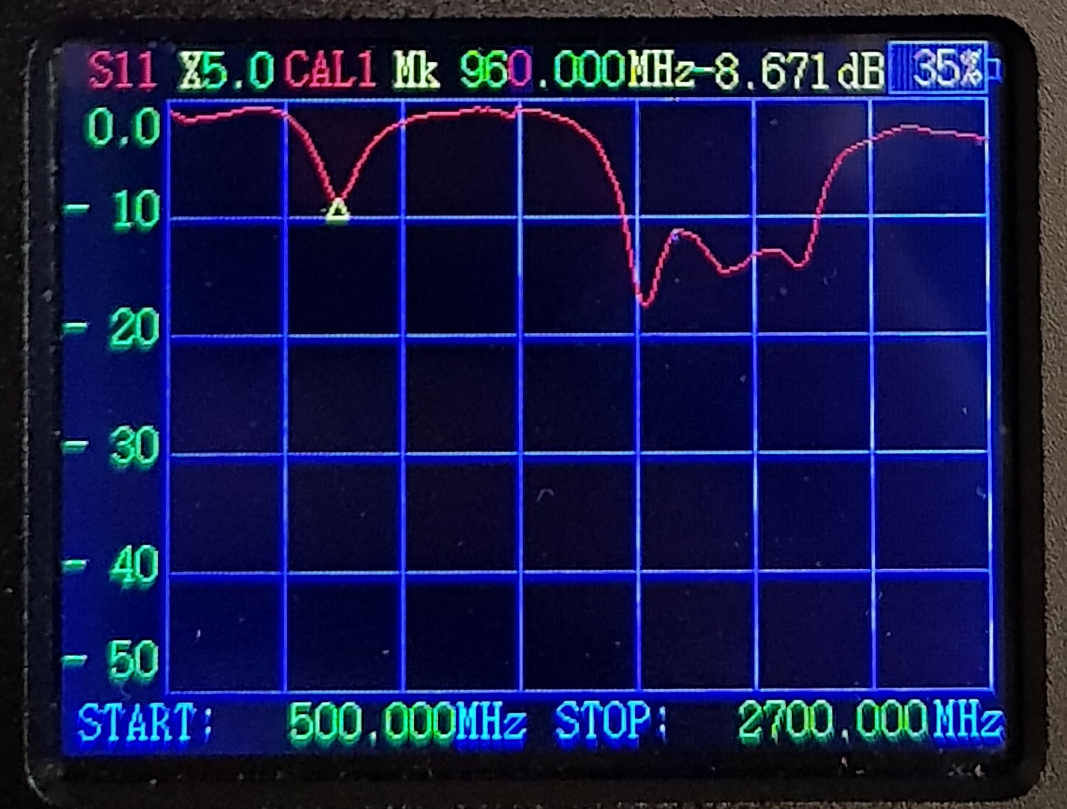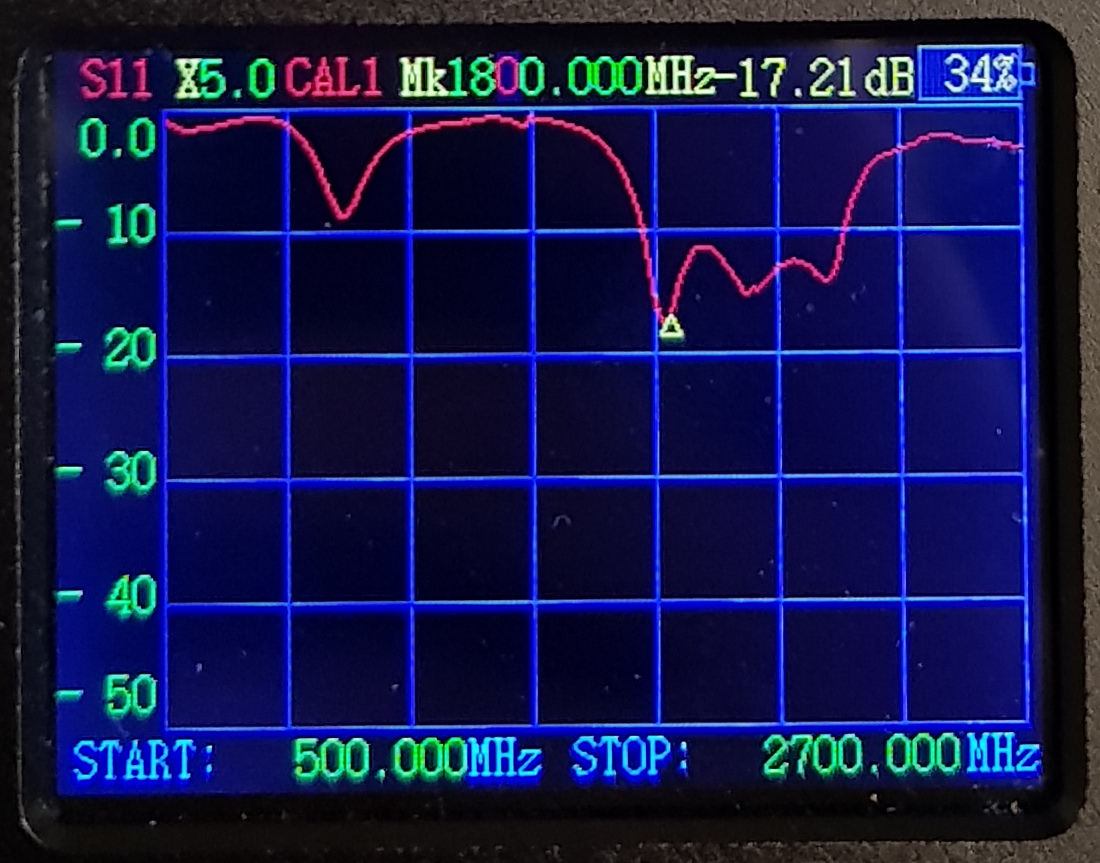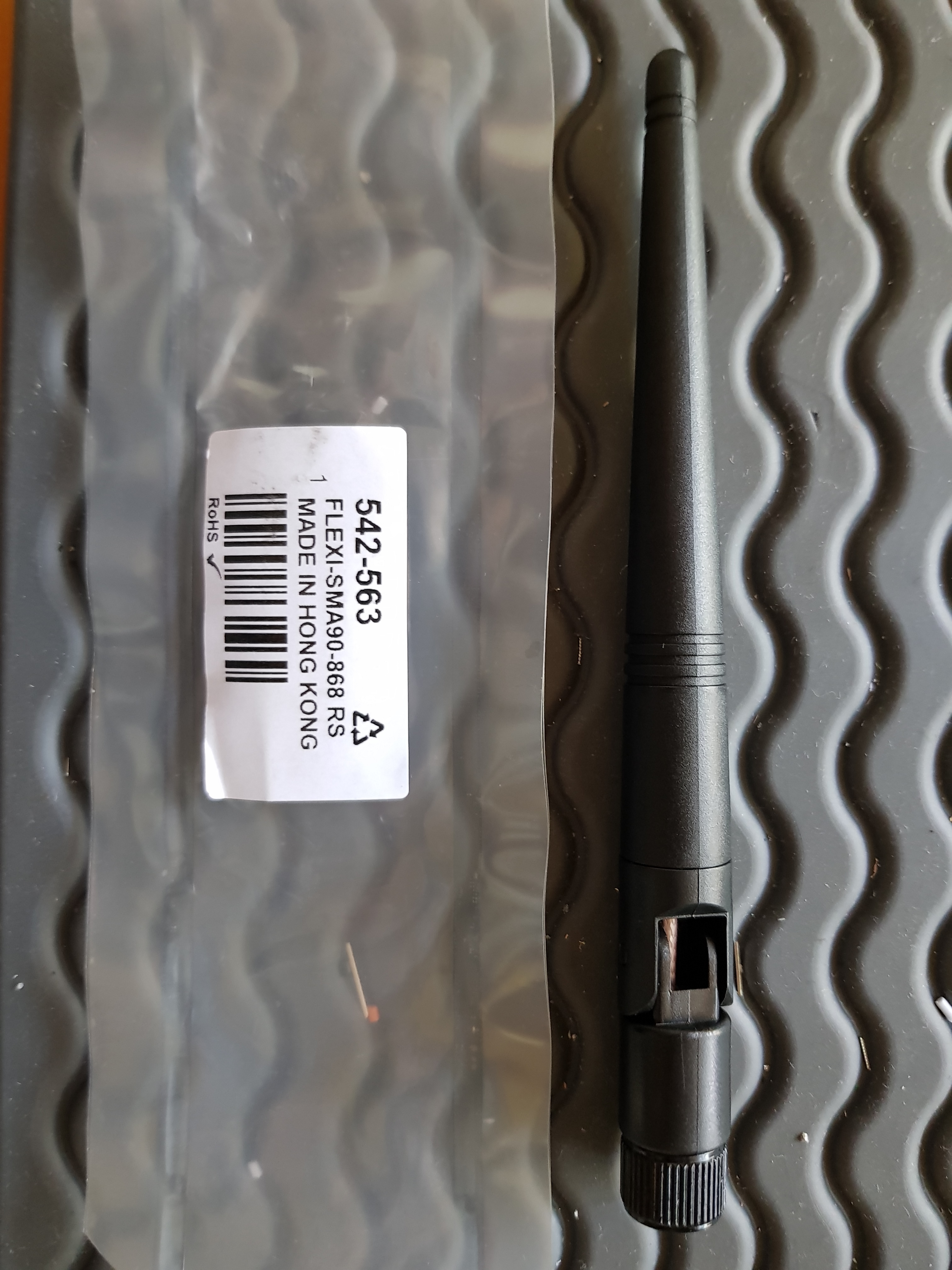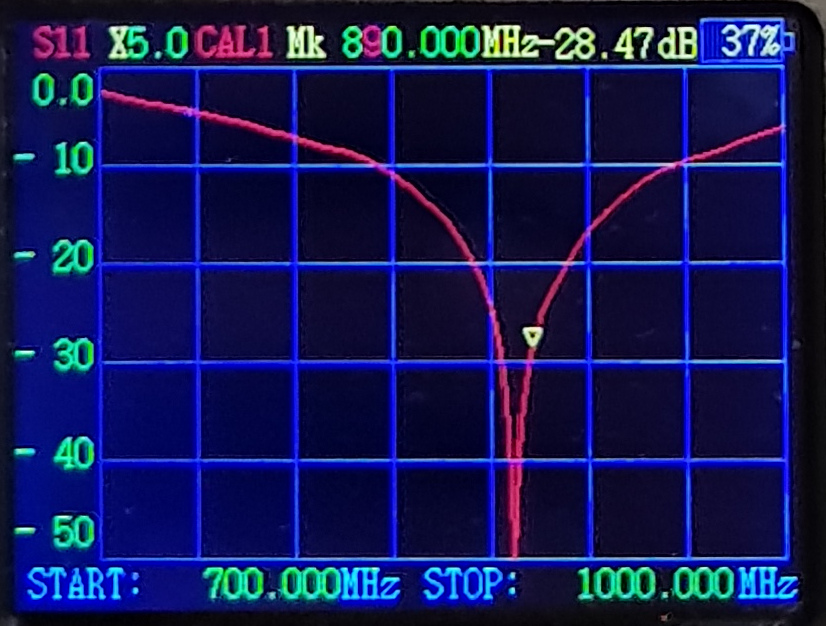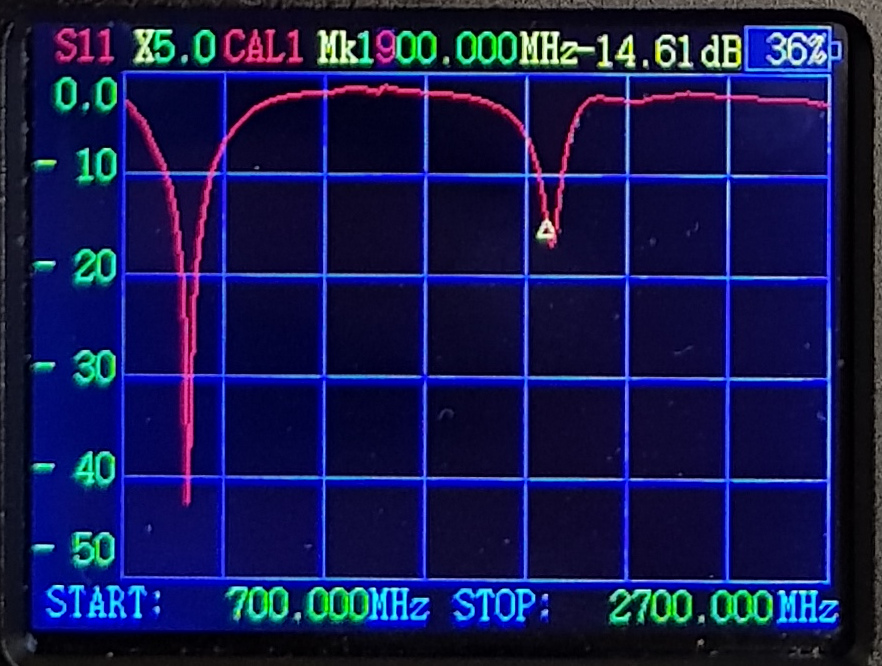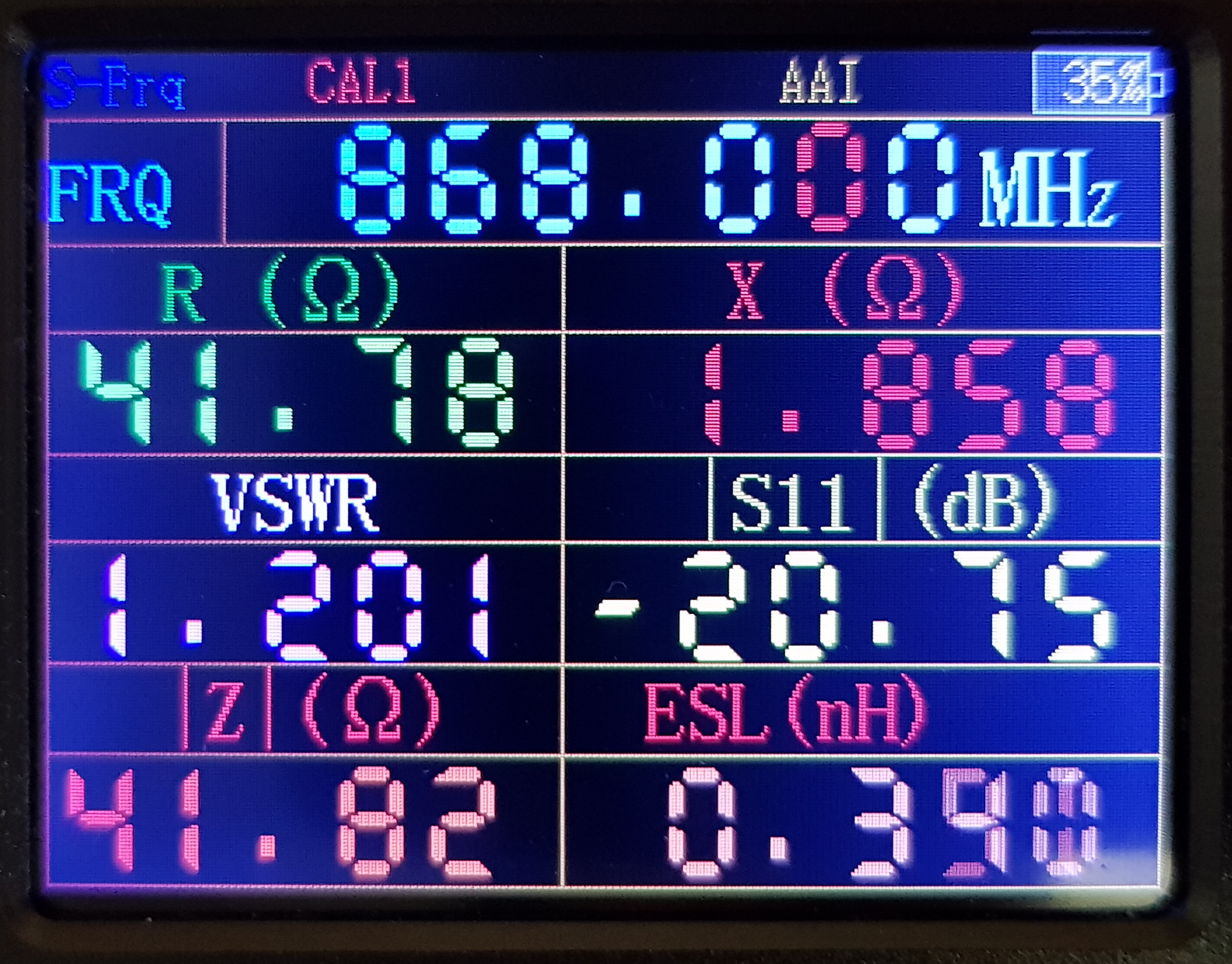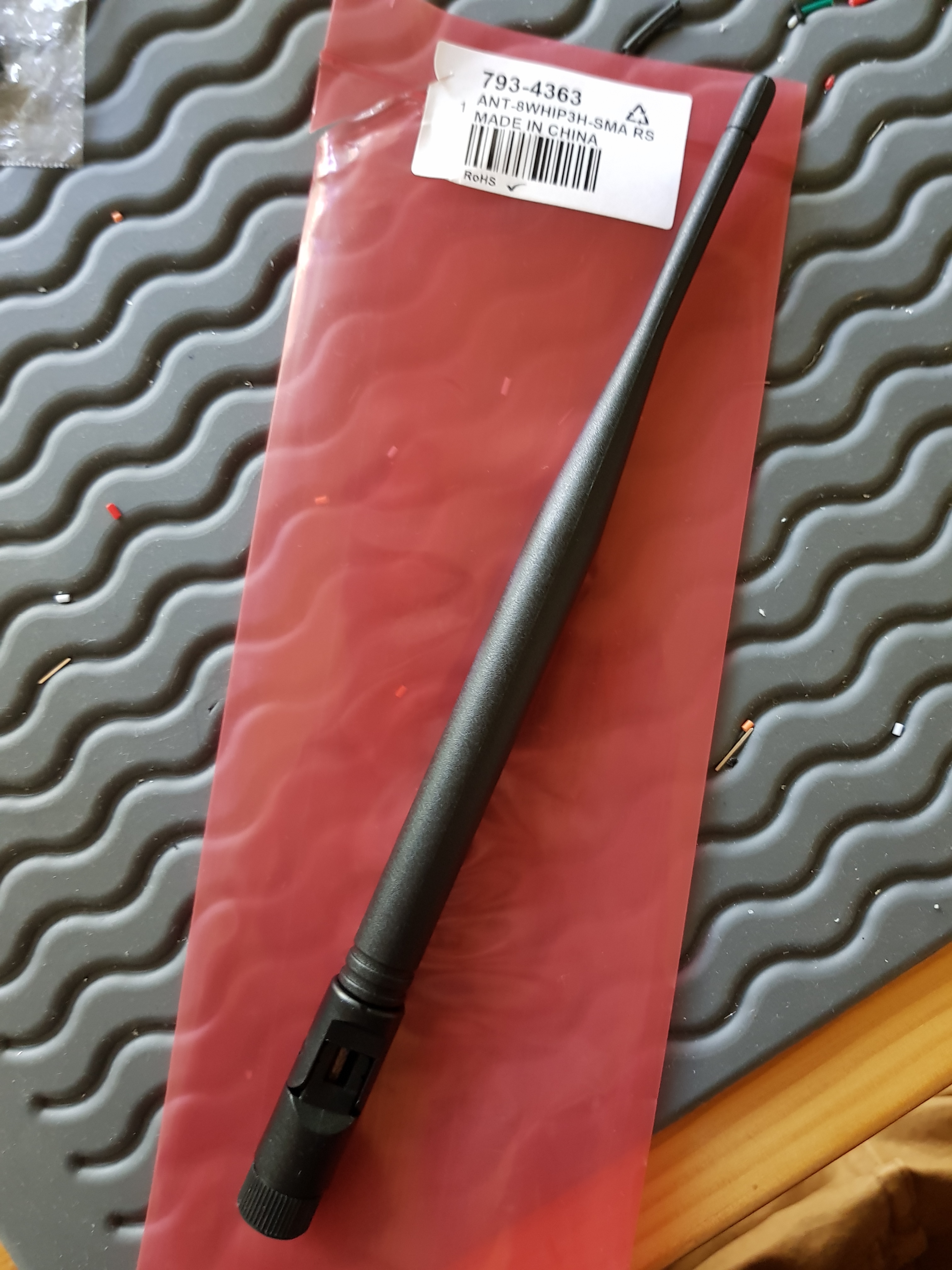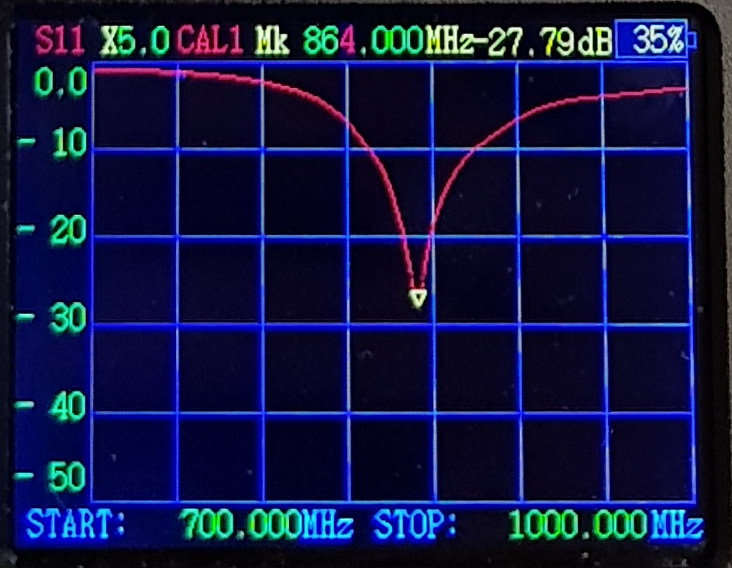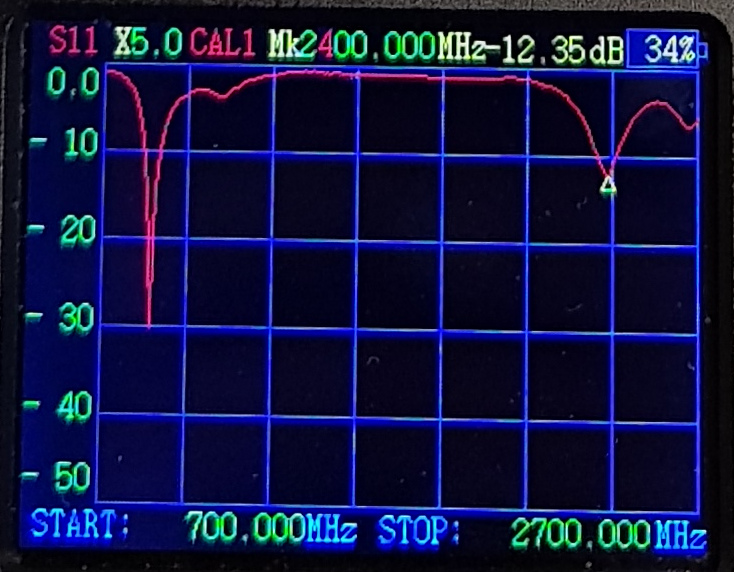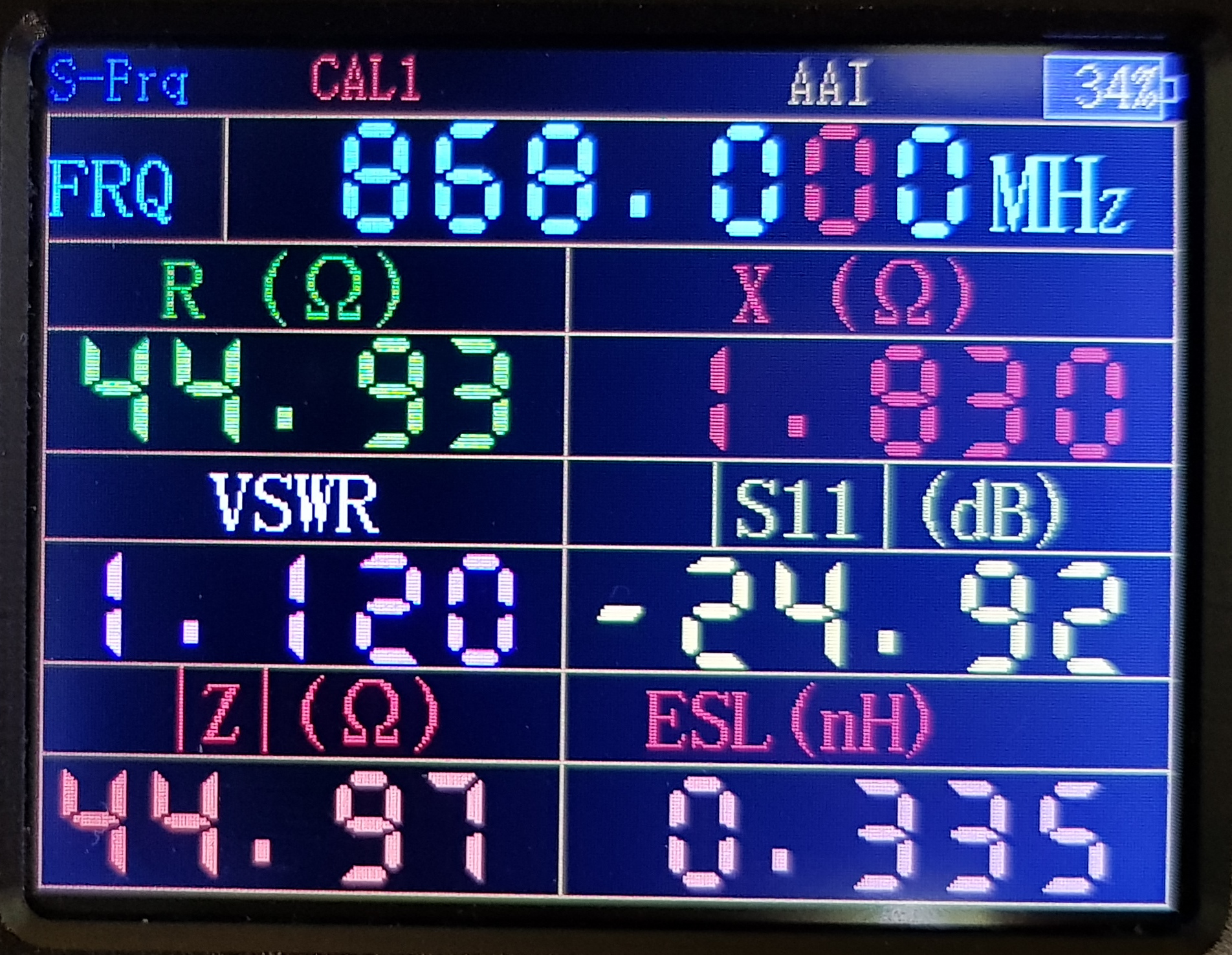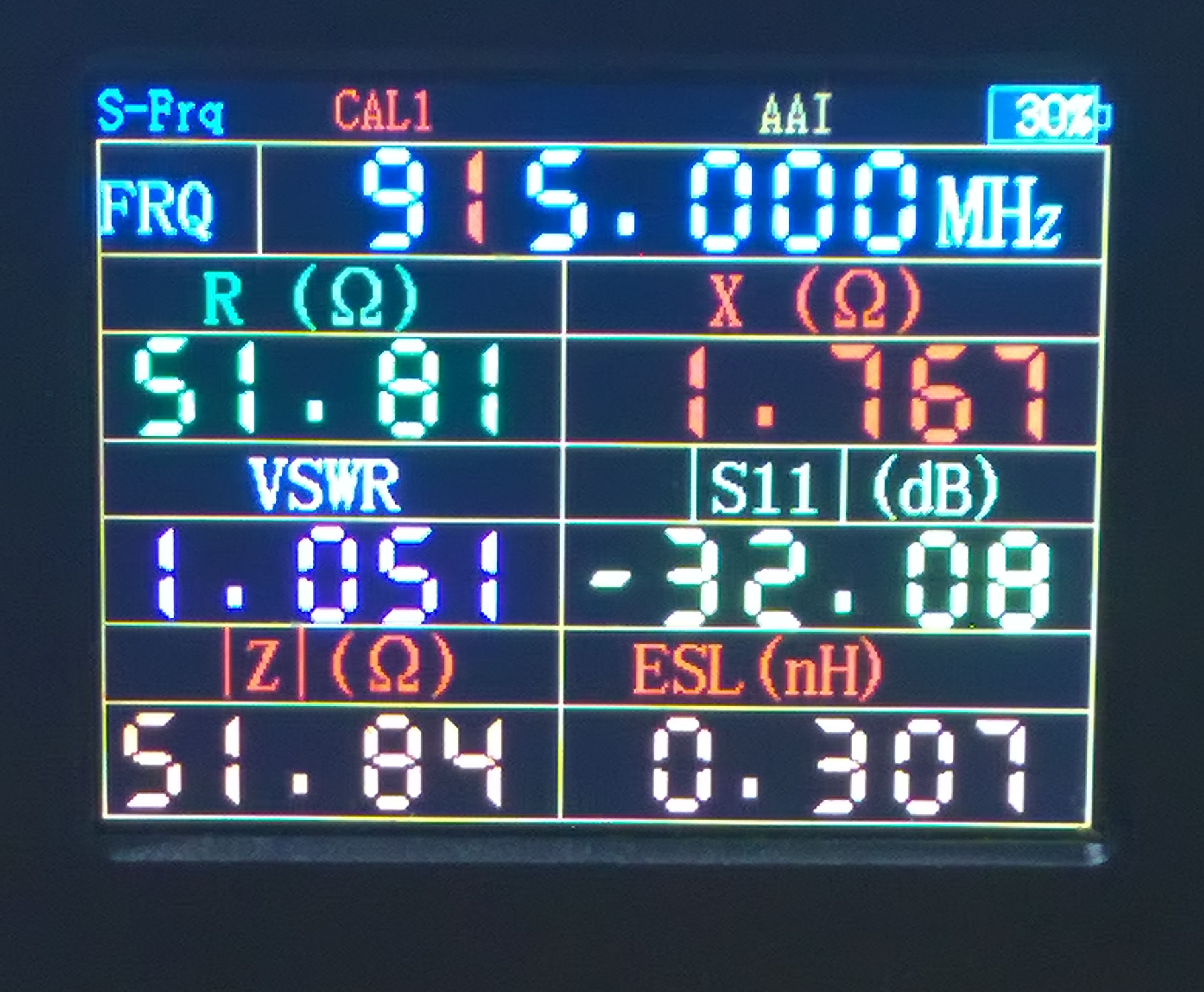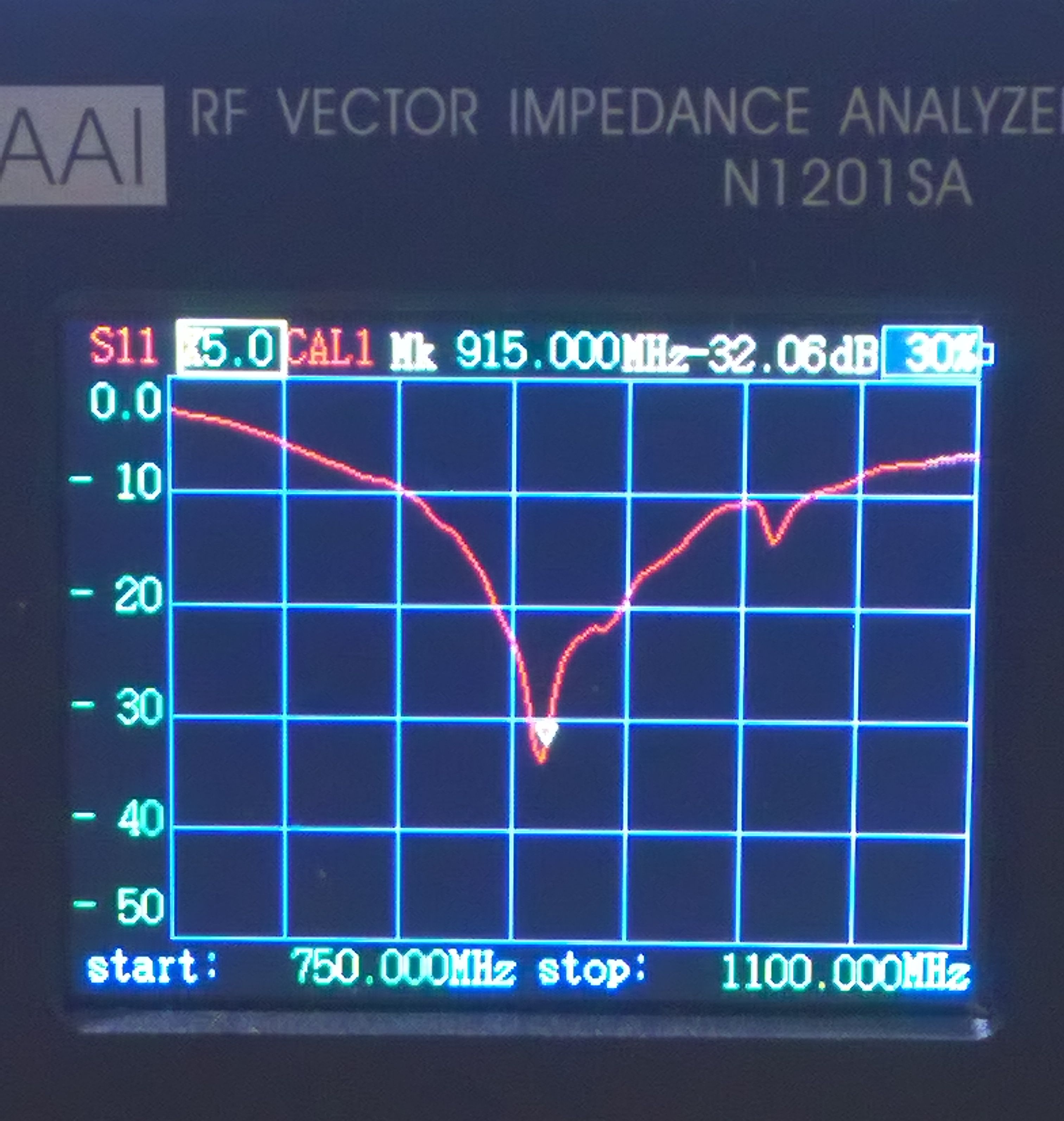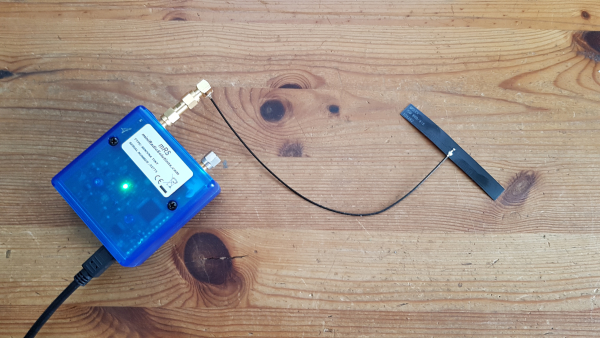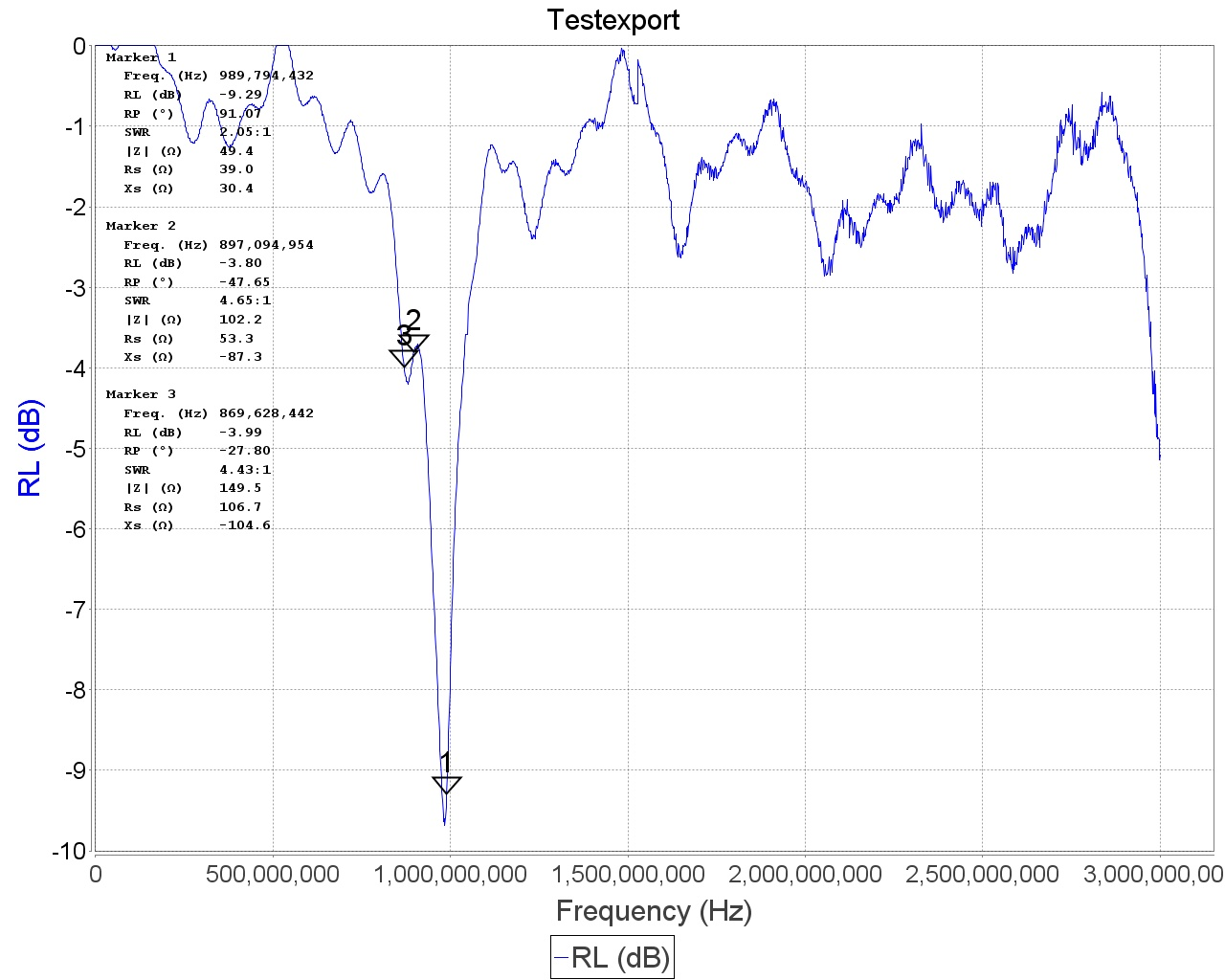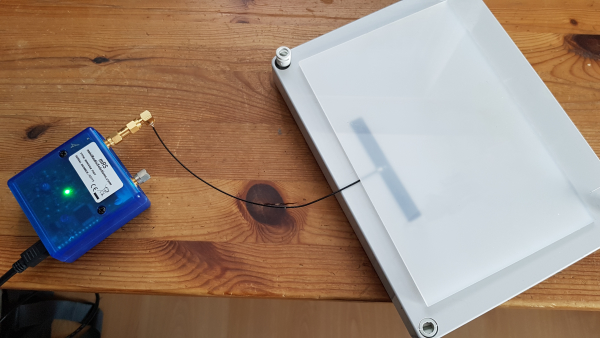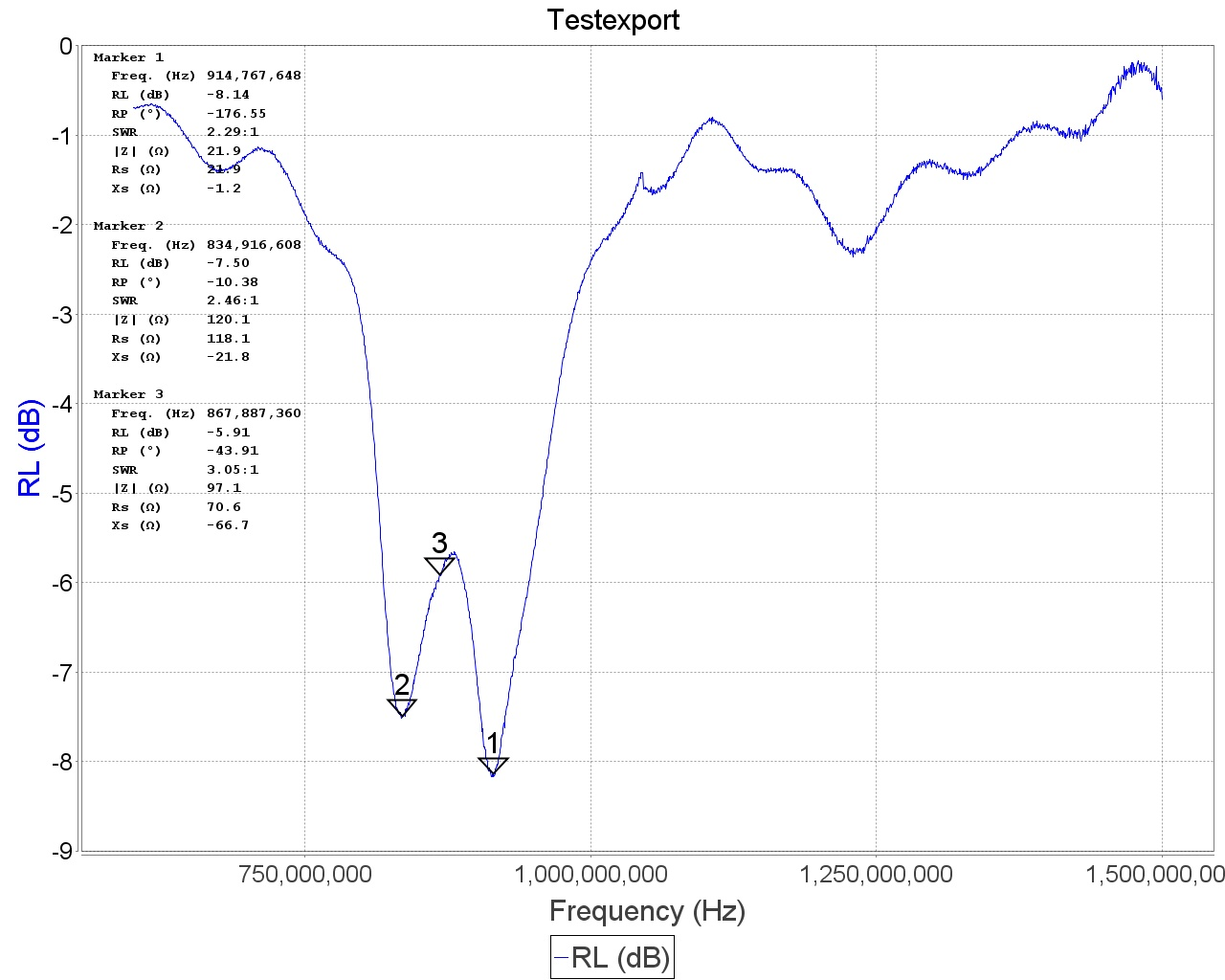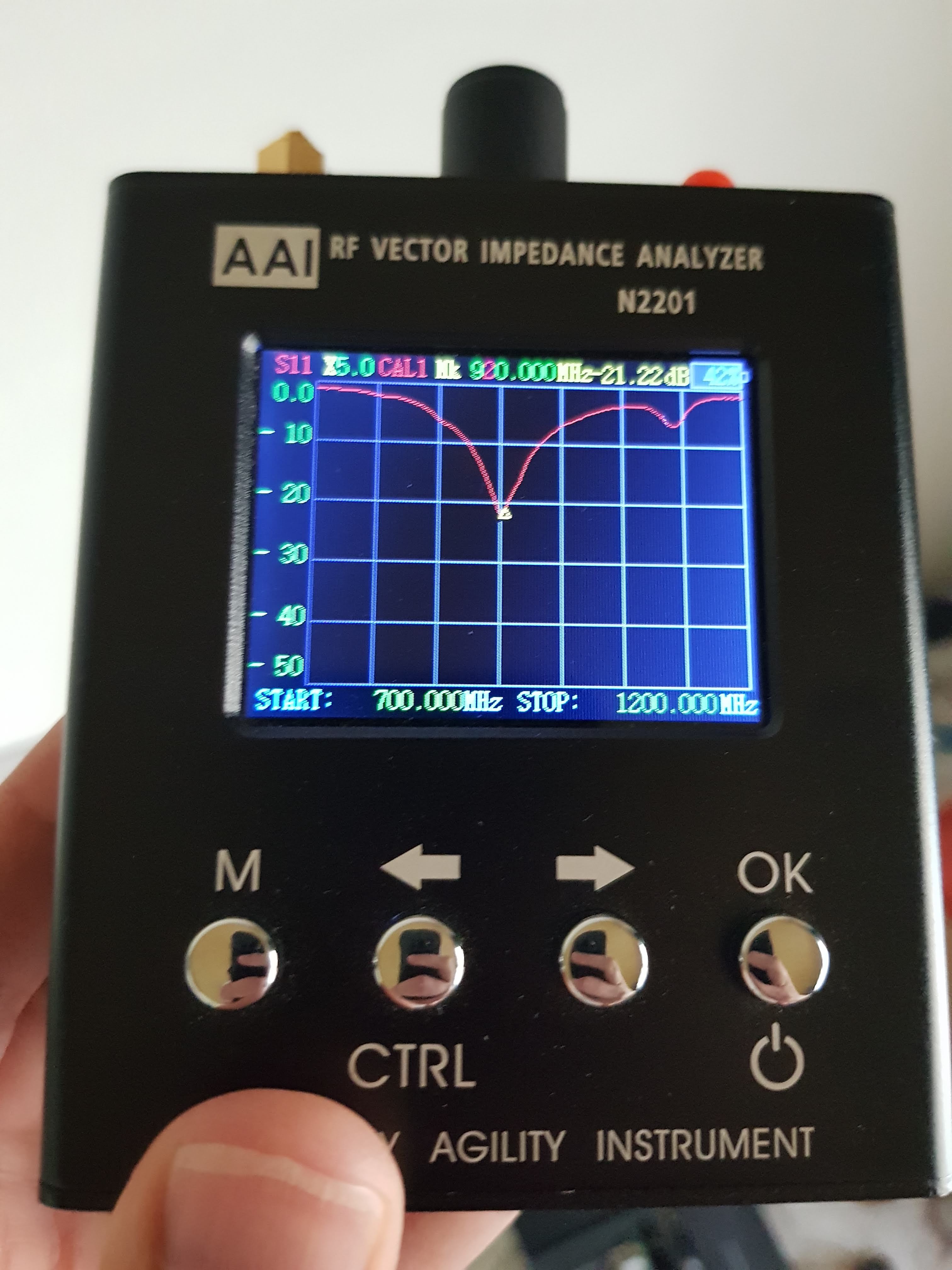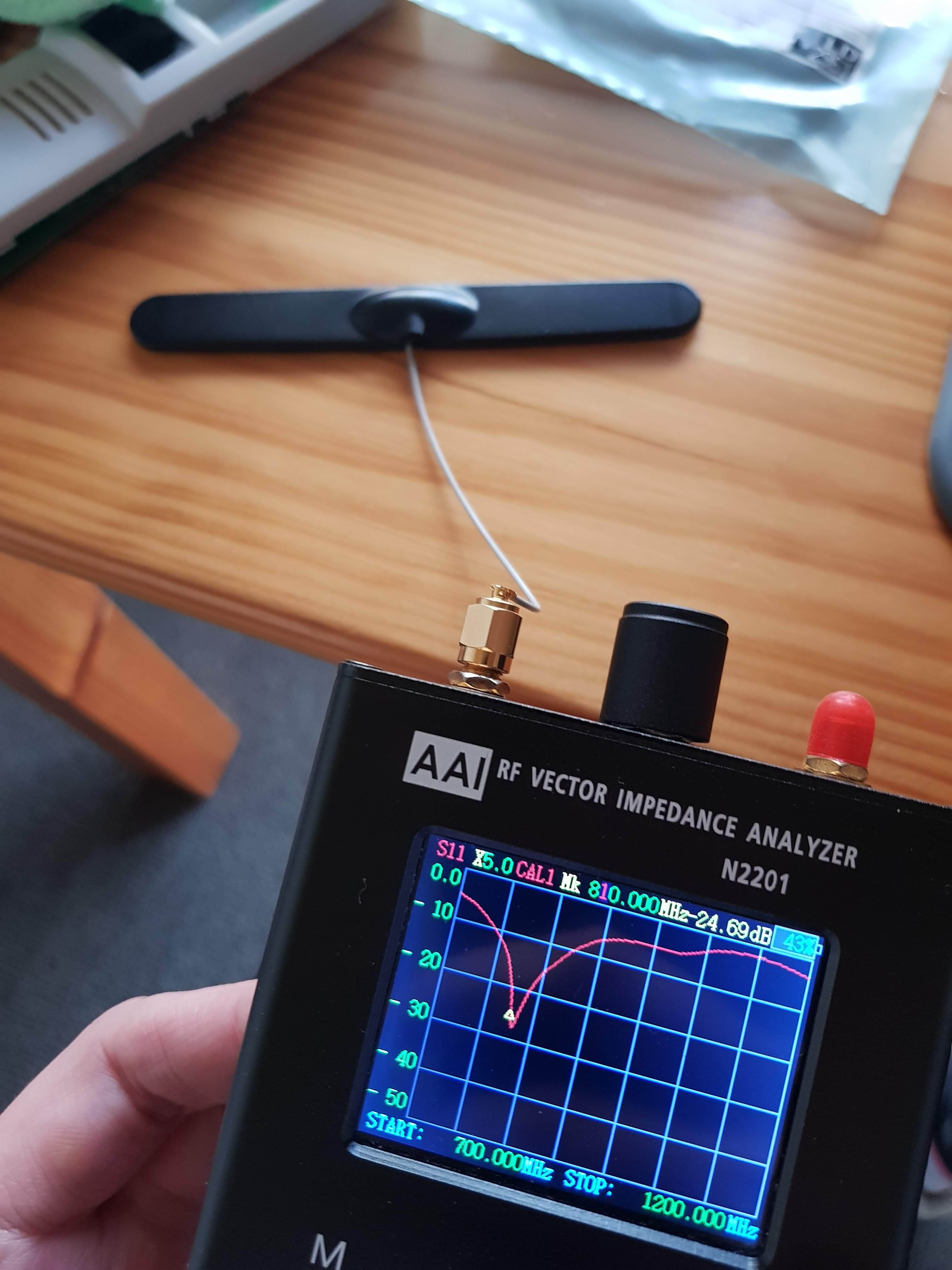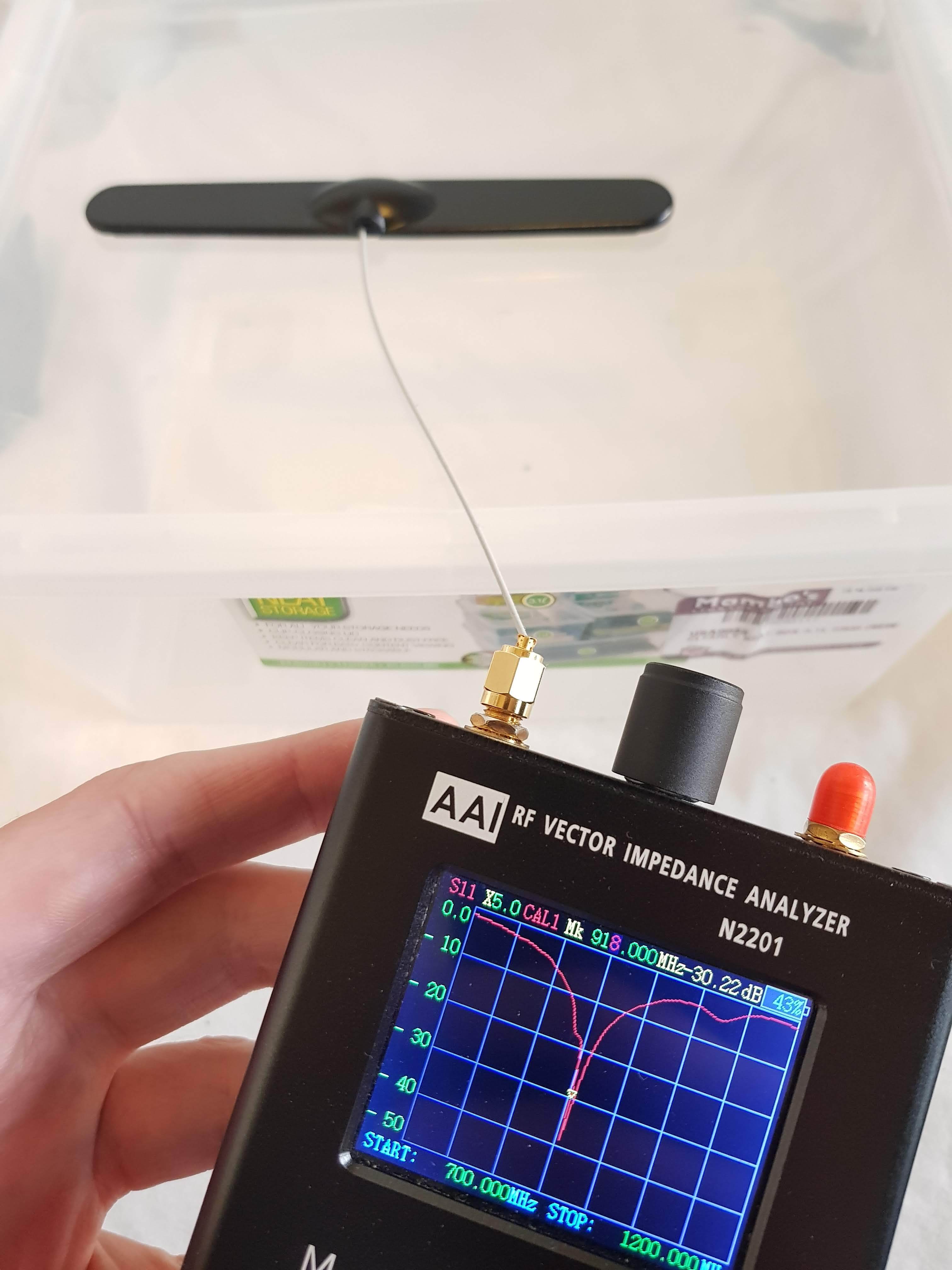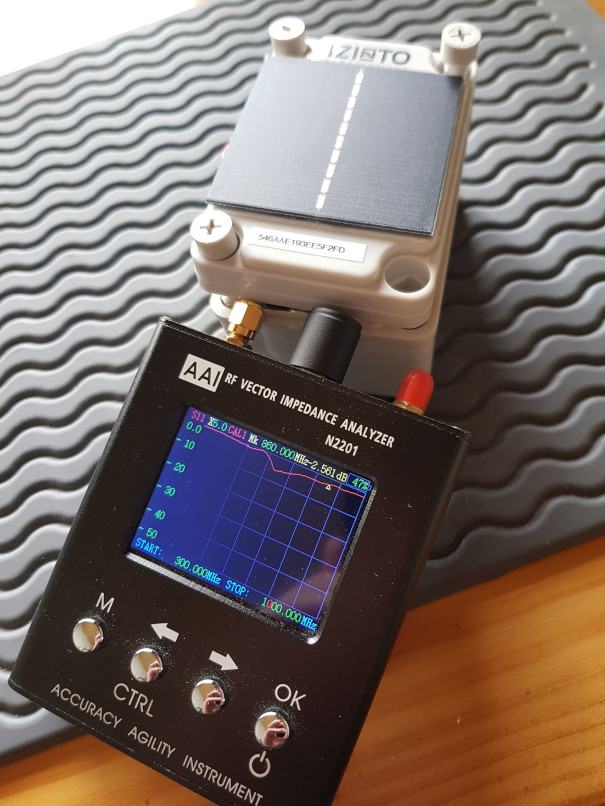S11 is a parameter of how well the power you put into an antenna stays there and doesn’t reflect back into you radio. With “stays there” one includes the amount of power radiated out into the air, as well as losses of the energy inside the antenna. With losses I mean energy converted into heat. With the low power LoRa works at you won’t notice this heat. But if you would put 1000 Watt into the antenna and it has a loss of 50%, you will feel it.
Receiving a signal can be seen as the reverse of sending one, so for reception the S11 should be the same as for transmission.
But in short, you want your S11 parameter to be as low as possible at the frequency you are using your antenna at. This is the same as wanting your VSWR to be as close to 1:1 as possible. Lower S11 = VSWR closer to 1:1. S11 and VSWR are just two different ways of expressing the same thing. VSWR is a linear ration, while S11 is a ratio in dB.
Except for wanting a low S11, depending on your use case you want the minimum S11 point (in the frequency range) to be at the frequency you are going to use your antenna at. If it is a wide band antenna that is meant for GSM/3G/LTE, the S11 will be low over a wide range of frequencies.
For LoRa (EU) we want a low S11 at 868MHz plus minus a few MHz. We do not want a low S11 at any other frequencies as that will cause the antenna to receive signals strongly at those frequencies too. Remember that all signals that are received by the antenna is passed to the radio, and the radio need to detect the LoRa signal out of the noise caused by all the other signals.
So what we ideally want is an antenna that has a low S11 (below -10dB) around 868MHz, but a high (close to 0dB) at any other frequency.
I actually started this thread to document what the S11 looks like for a wide range of antennas. I’m using an AAI RF Vector Impedance Analyzer (DIY Antenna Analyzer - #10 by BoRRoZ) to do the measurements. We do not know how accurate this device is, but at least it gives a good idea.
Some other comments from readers:
It’s not too difficult to get the S11 tuned for a LoraWan external antenna. A good S11 response is important but it is only the first step, it doesn’t mean by any means that the antenna is radiating efficiently.
The measured radiation pattern of the antenna in an open field test site is the real indication of antenna performance, for most use cases you are looking to get good omni radiation out to the horizon.
